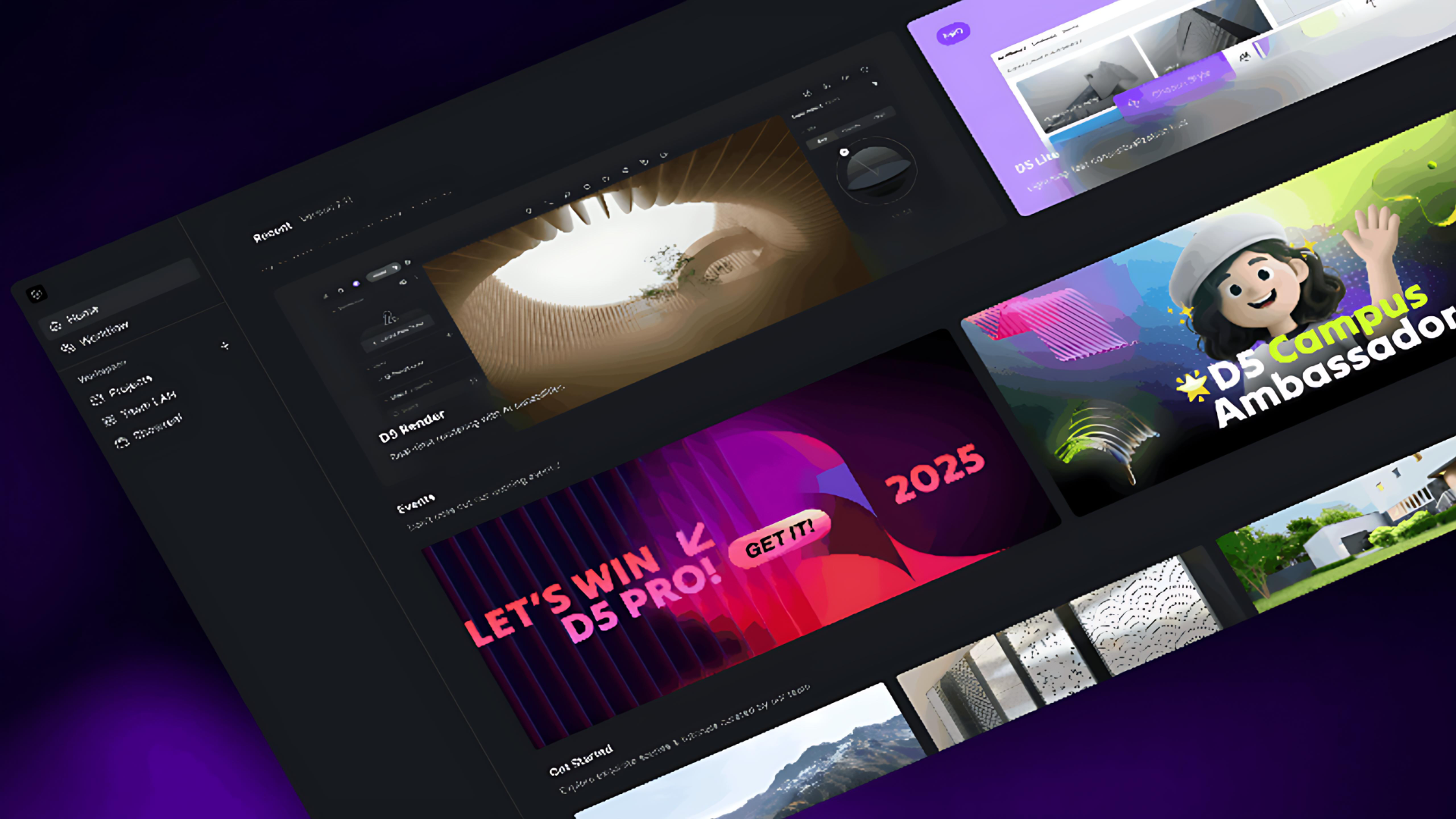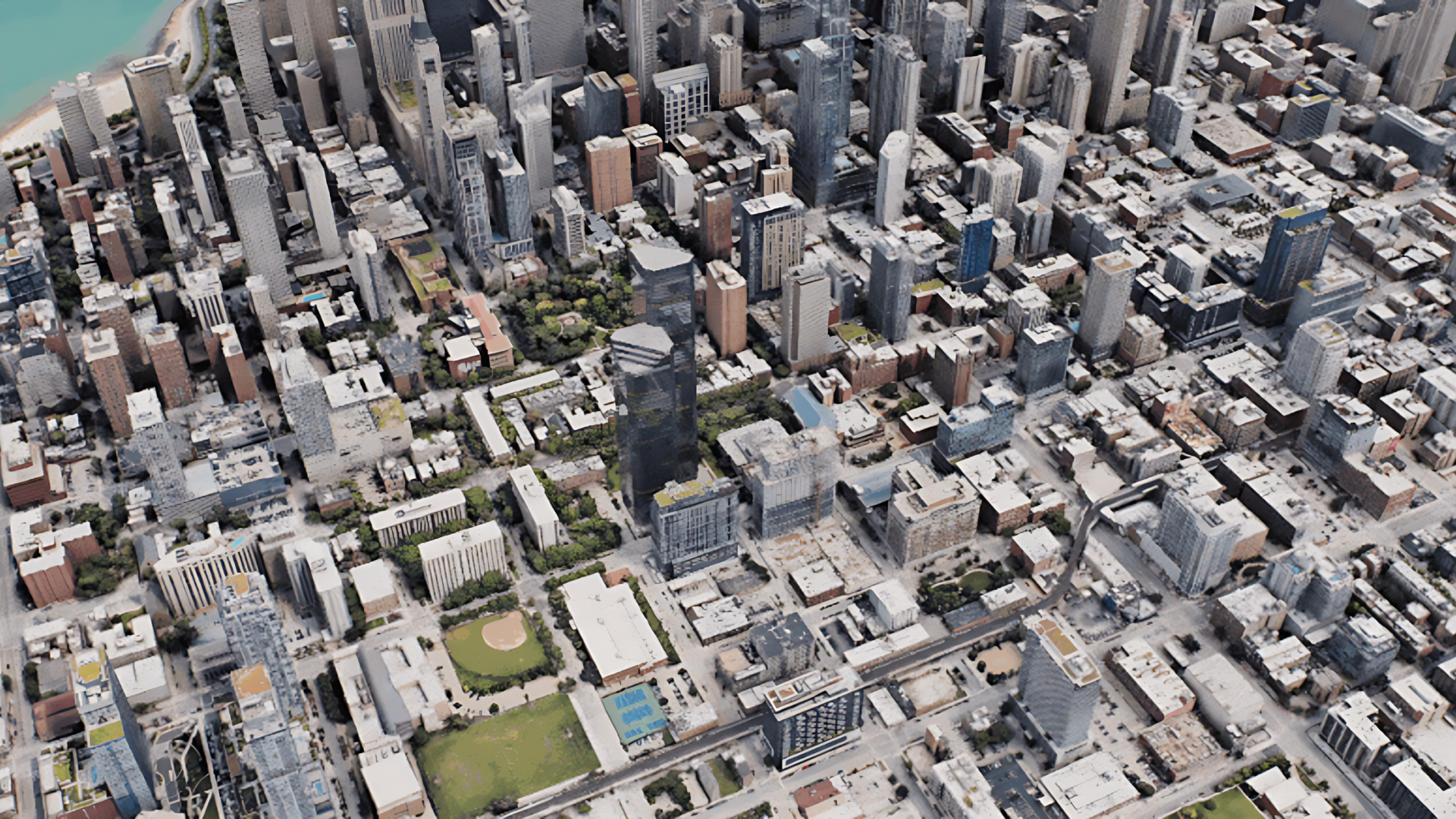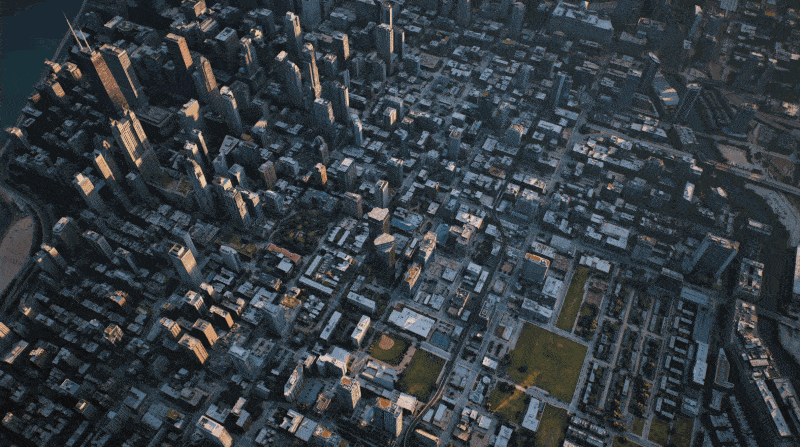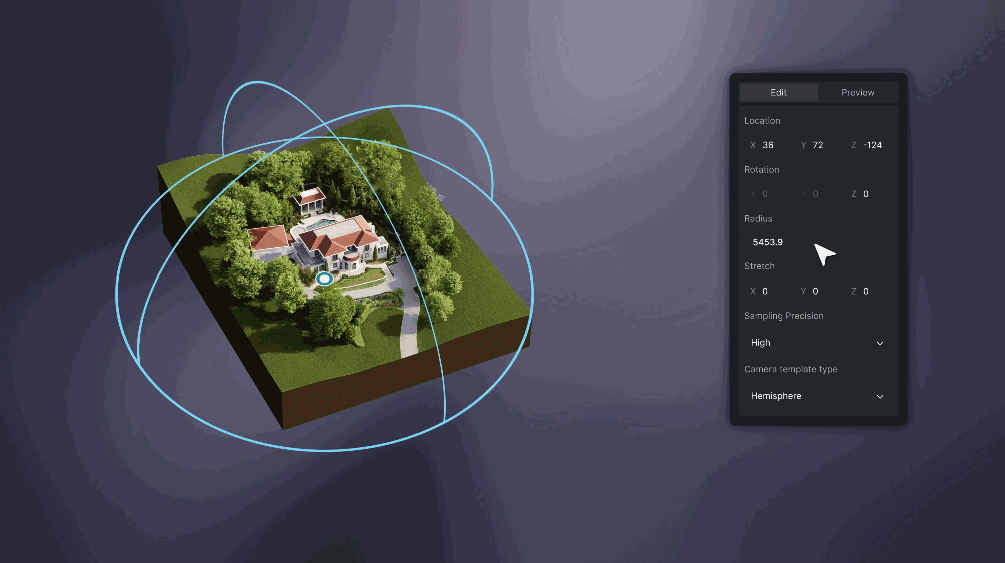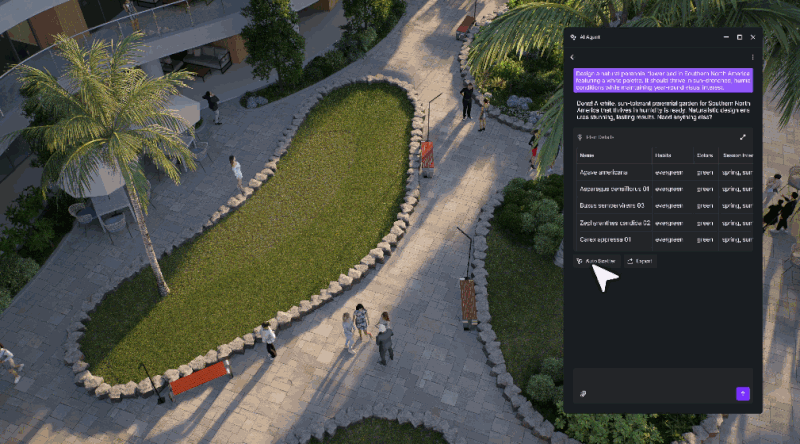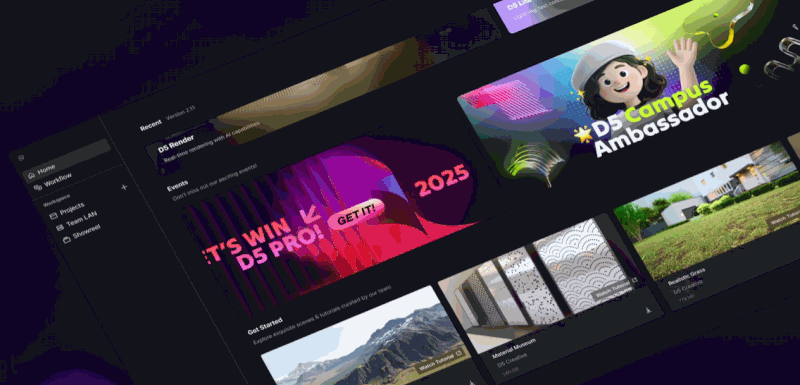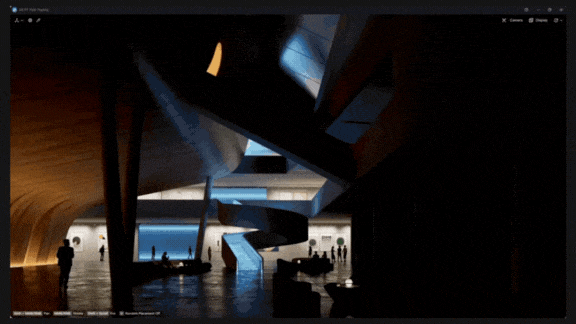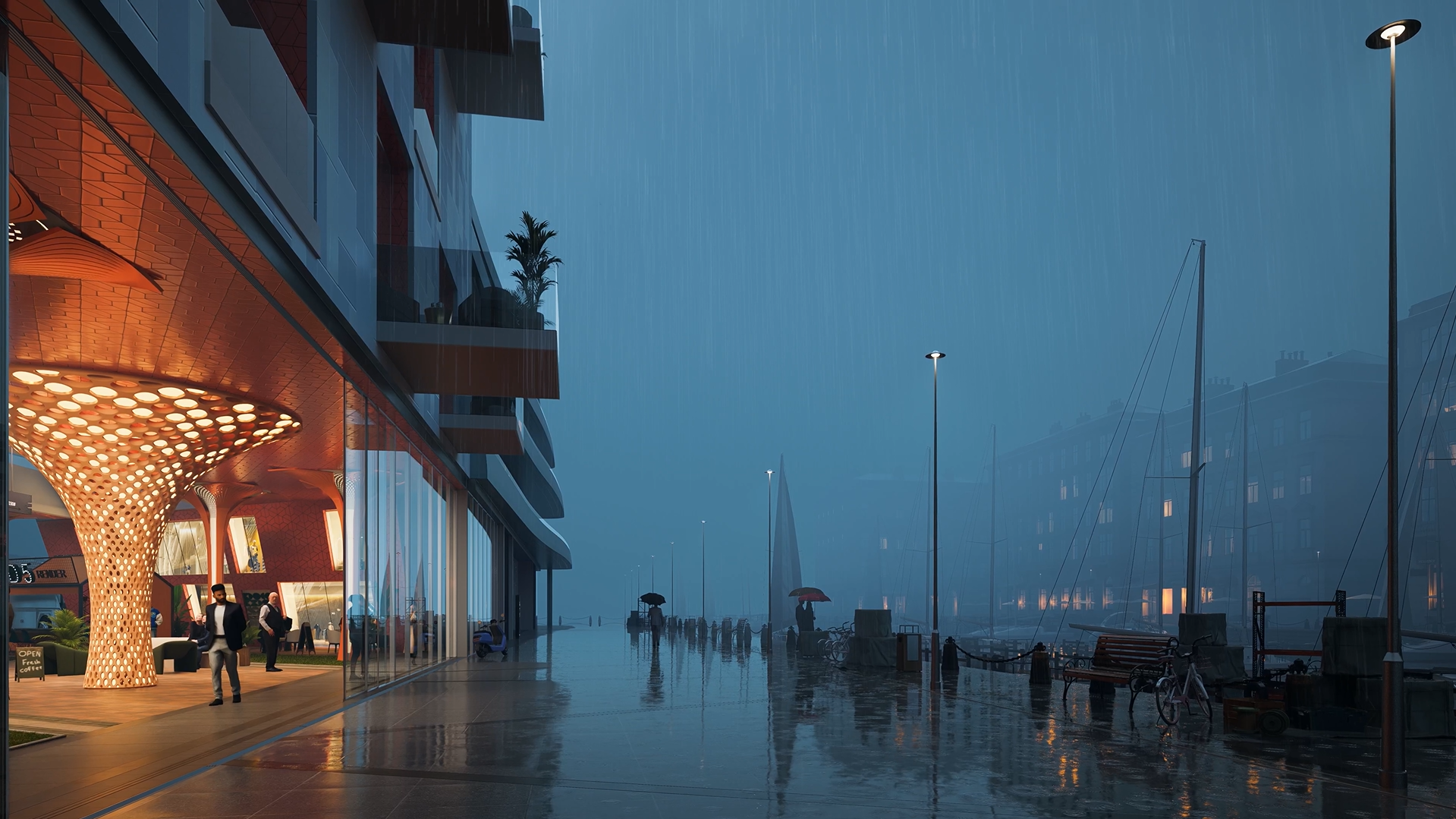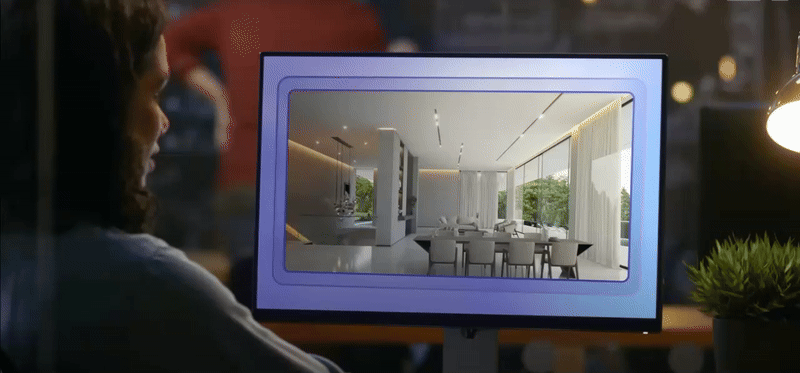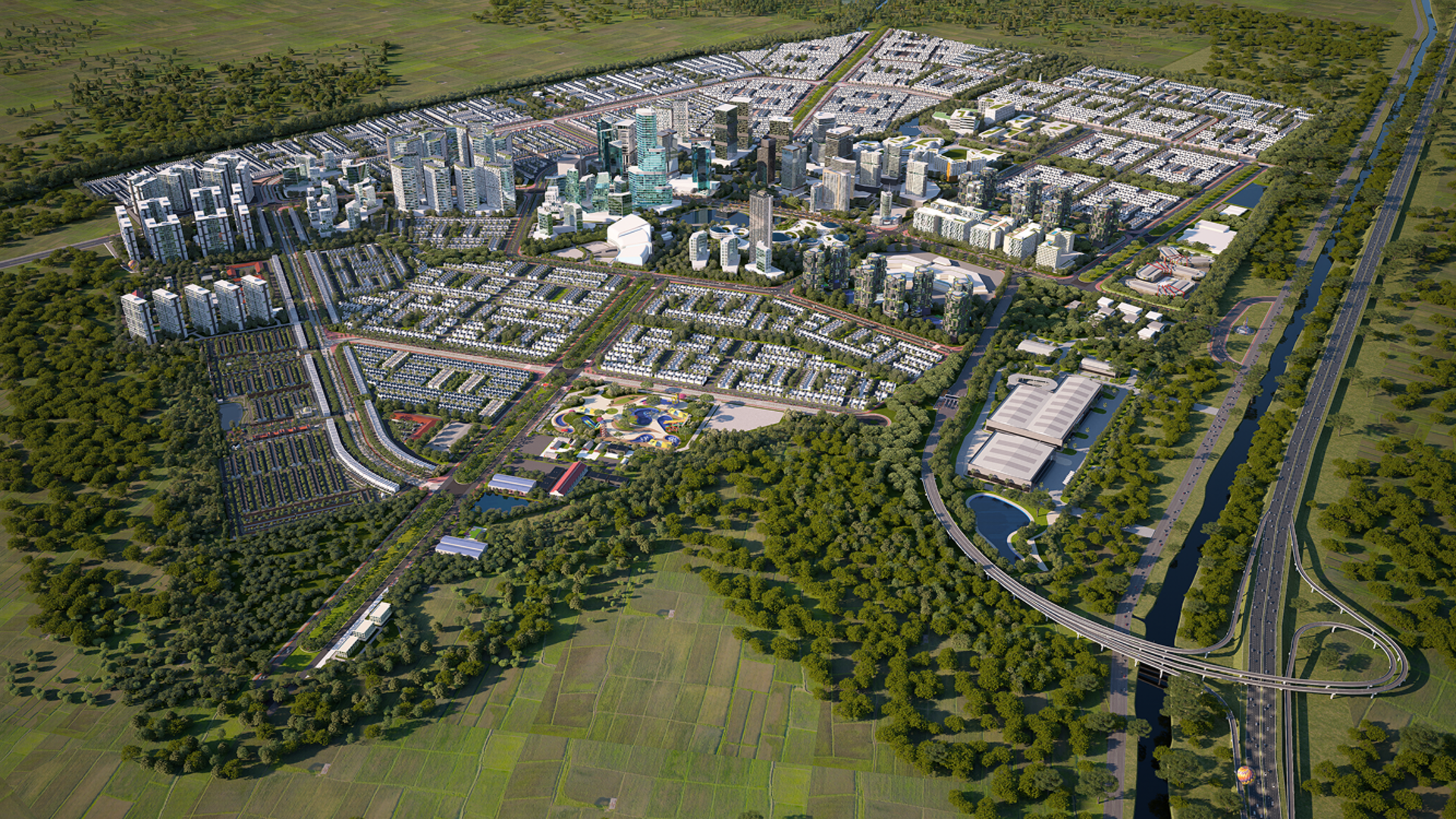Key Takeaways
- D5 replaced a slow, multi-tool workflow with a single, real-time rendering engine that slashed turnaround times and made live client revisions possible.
- By streamlining delivery and boosting predictability, Monolith is reshaping architectural CGI into a more structured, scalable, and client-friendly offering.
- With D5’s AI tools, high-quality assets, and smooth performance, Monolith delivers better visuals faster—raising profit margins while lowering client costs.
About Monolith Visuals
- Location: Somerset , UK
- Team Size: 4 core team members
- Studio Type: Construction visualization
- Project Types: Construction product, Retail, Residential, Commercial interiors, Automotive showrooms, Urban-scale and city scenes
- Modeling Tools: SketchUp, Rhino 3D

In a saturated visualization market, Monolith Visuals stands out not just for its creative polish, architectural training, and construction expertise—but for reimagining how architectural CGI is delivered. Based in Somerset, UK, this agile studio isn’t just offering services; it’s building a scalable, productized experience. And at the heart of it all is D5 Render.
"We didn’t just need better tools. We needed a better model," said Oliver, Director of Monolith Visuals. "CGI shouldn’t always be a custom quote and a vague timeline. It should be like buying any premium product online—clear scope, fixed price, and scalable delivery."
1. The Challenge: Legacy Bottlenecks in Architectural CGI
Before adopting D5, Monolith operated a hybrid toolchain—SketchUp, Lumion, Twinmotion, Photoshop, and AI platforms like Stable Diffusion. While effective individually, the constant switching and post-production slowed them down.
"I remember a landscape scene that took me three full days to finish in Lumion," said Ru, CGI lead. "Just placing the vegetation and fine-tuning post-processing took up most of my time. And revisions? That could drag on for a day."

With timelines unpredictable and pricing custom-built for every project, the studio hit a ceiling. Scaling high-quality output without burning out and compromising profitability simply wasn’t sustainable.
Also read: Lumion vs D5 Render which is better for architects
2. The Turning Point: Streamlining with D5 Render

When Jarod, the artist in charge of research and development, introduced D5 Render to the team, the need to change the workflow was immediate. One platform replaced four. Rendering got faster. Quality improved. Revisions sped up. And real-time collaboration unlocked entirely new possibilities.
"We saw straight away that D5 could do what four tools used to," said Oliver. "Rendering quality was better. Turnaround was faster. Real-time client collaboration became possible. And AI-enhanced tools like atmosphere match and vegetation scatter changed the game."
Instead of hopping across platforms, Monolith Visuals now models in SketchUp and brings everything into D5—eliminating post-processing overhead and tool-switching fatigue. And with D5’s rich asset library, they could even meet highly specific client demands.
"A lot of our clients are very particular, especially landscape architects. They require specific plant species—and with D5, we can search by Latin names and get the exact one," said Jarod. "That’s not something we could ever do in Twinmotion."

Animation setup also got a serious upgrade. Jarod explained that motion sequences built in other software often stuttered or lacked realism, making it harder to convey mood and atmosphere. With D5, however, the animation setup became smoother, cleaner, and significantly quicker—an improvement that made a noticeable difference when presenting emotional or immersive narratives.
One of the most impactful changes is real-time collaboration. D5 enables Monolith to host live design sessions over video calls, adjusting materials, lighting, or views in real time based on client feedback. "Now we’re acting almost like an in-house visualization partner adding significant value to our clients presentations, not just a supplier of CGI," Oliver said.
Also read: Attract more audience with cinematic animation in D5 Render | Full guide on how to make one
3. The Results: Speed, Profit, and Global Reach
D5 Render has enabled Monolith Visuals to:
- Cut rendering time by 50% or more
- Enabled real-time co-design with clients over video calls
- Reduced feedback loops from weeks to hours
- Increased profit margins while lowering client prices
- Started expanding internationally with a lean, laptop-based team
"We’re now able to offer a better product, at a better price, with better margins. It’s a win-win-win," said Oliver.

4. Final Word: Why D5 Render Is Built for the Future
"If you're a CGI studio or architecture firm thinking about switching to D5," said Oliver, "just ask yourself: do you want to scale? Do you want higher margins? Do you want to offer more to clients without burning out your team? Because that's what D5 is enabling us to do."
From handcrafted visuals to scalable, shoppable CGI (coming soon), Monolith Visuals is rewriting the rulebook and passing on the savings to their clients, and D5 Render is the platform making it possible.
🌟 Your Work Deserves the Spotlight
Has D5 transformed how you design, present, or collaborate? Turn your D5 Render project into a story that inspires designers around the world! Share your journey—and let the world see what’s possible.
By submitting your project, you could:
✅ Be featured in a global case study seen by thousands
✅ Co-host a D5 webinar and showcase your expertise
✅ Speak at official D5 events and elevate your industry presence
This is more than a feature—it’s your chance to grow your voice, build your brand, and inspire a global design community. Share your stories here.

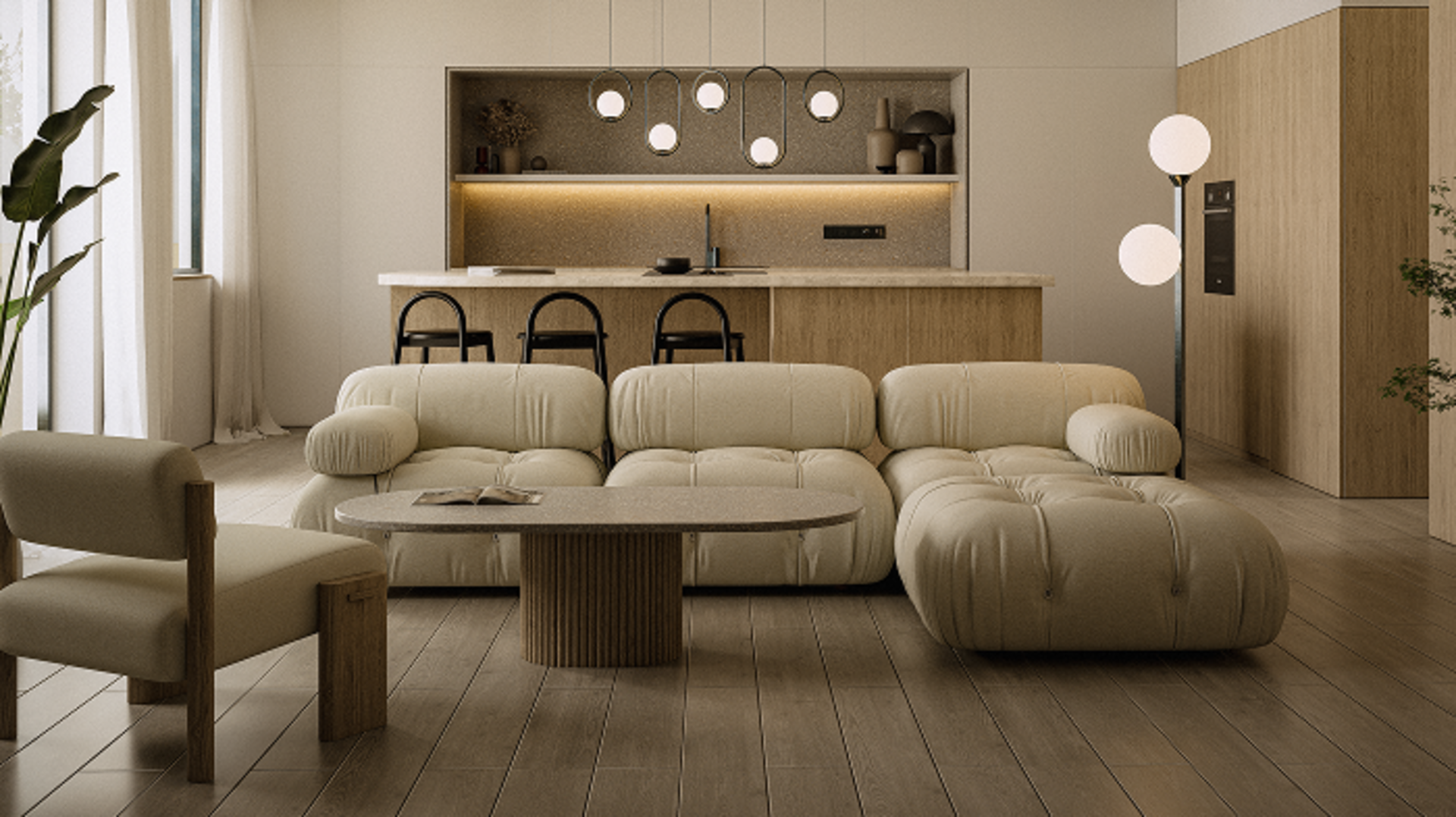


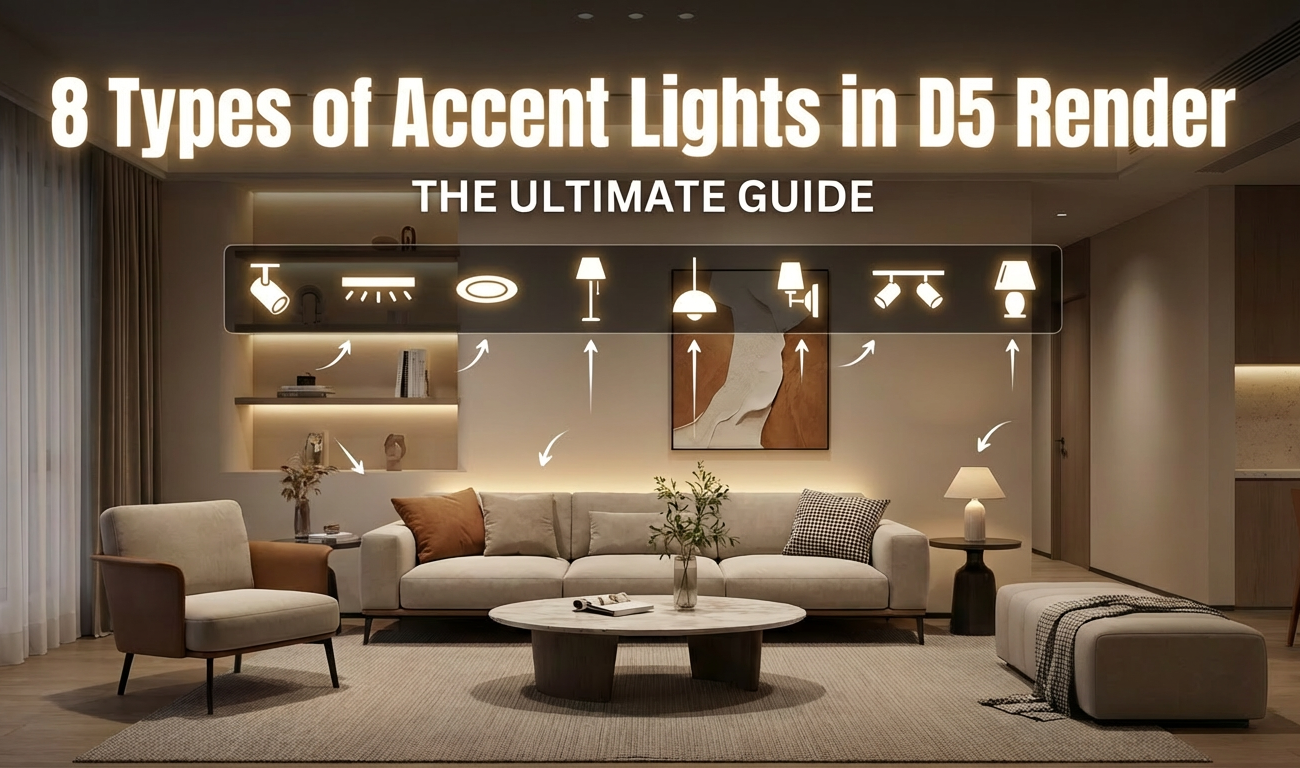
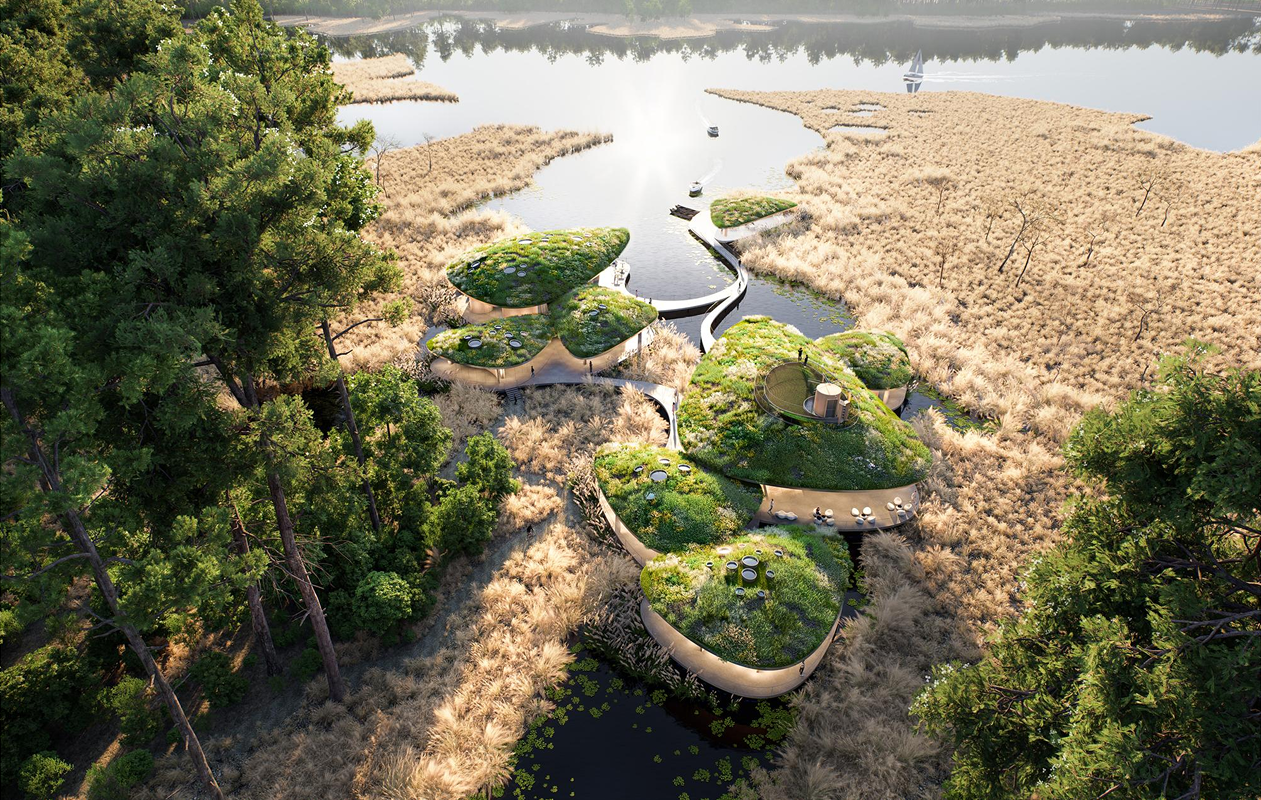
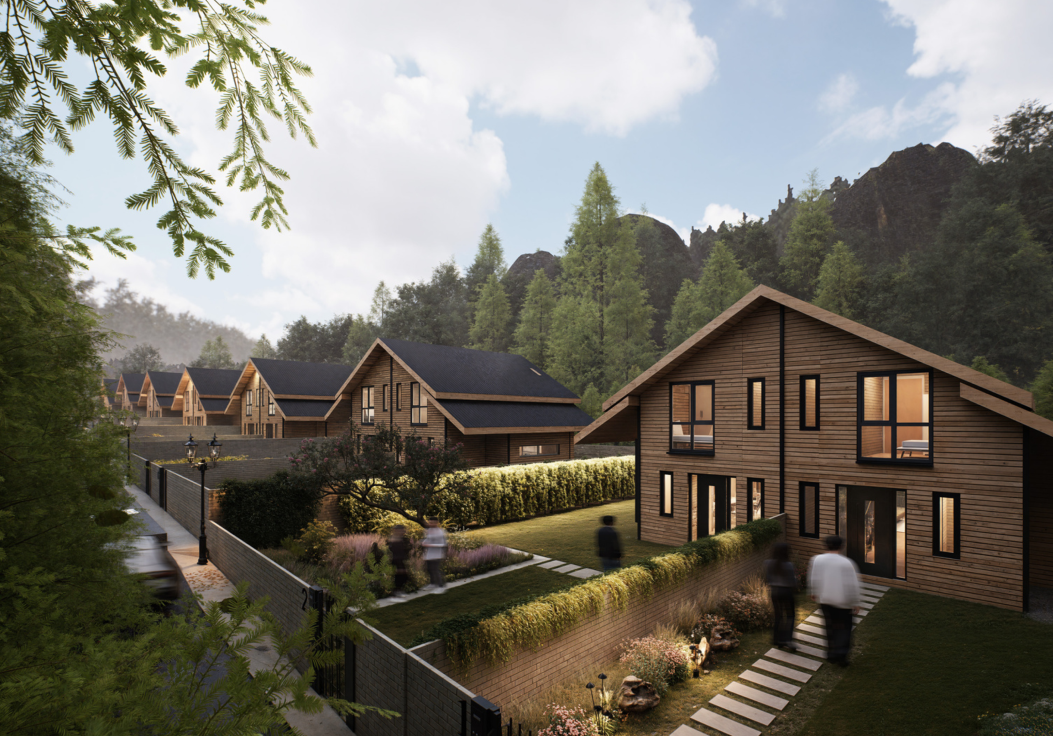
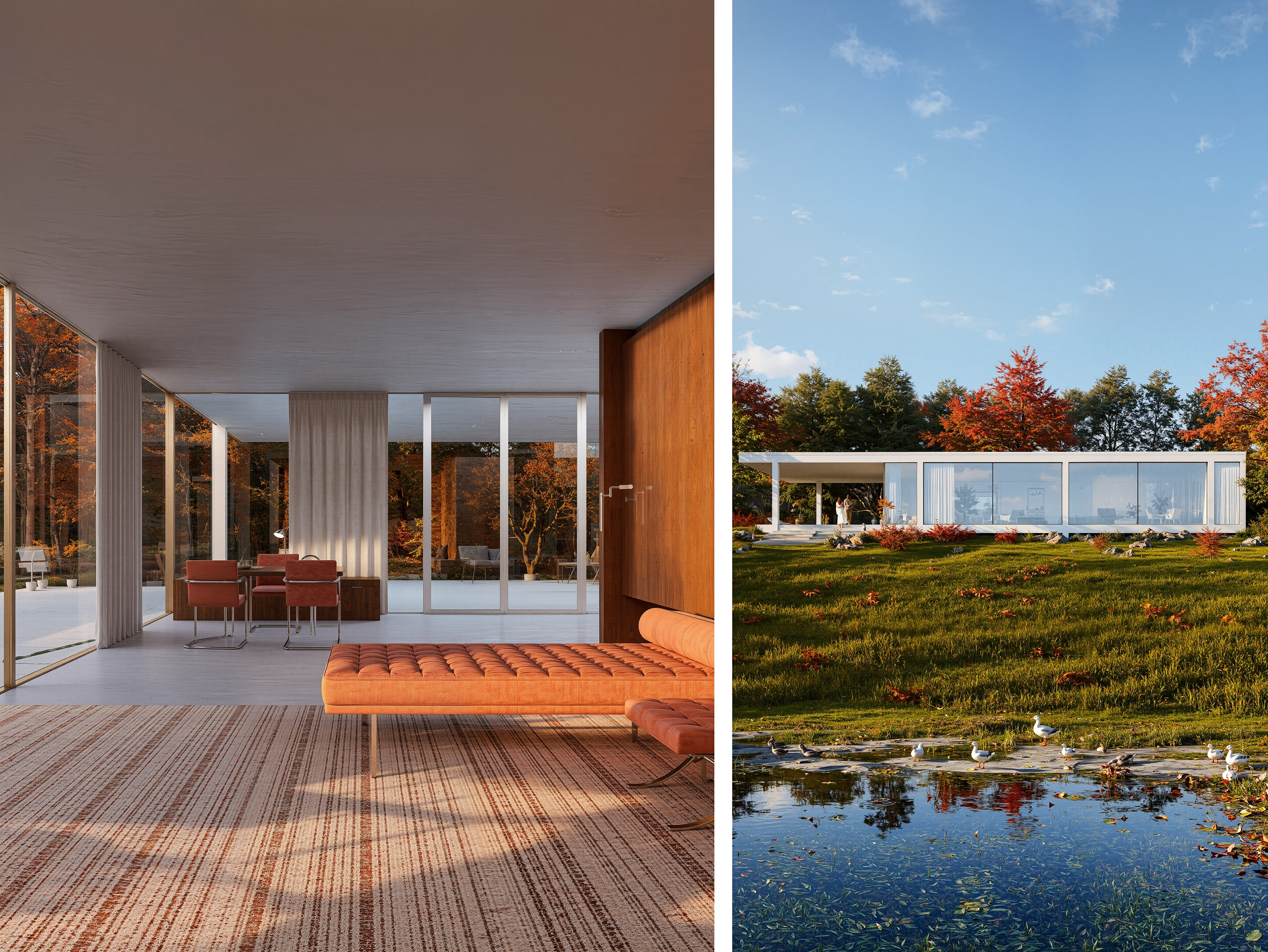
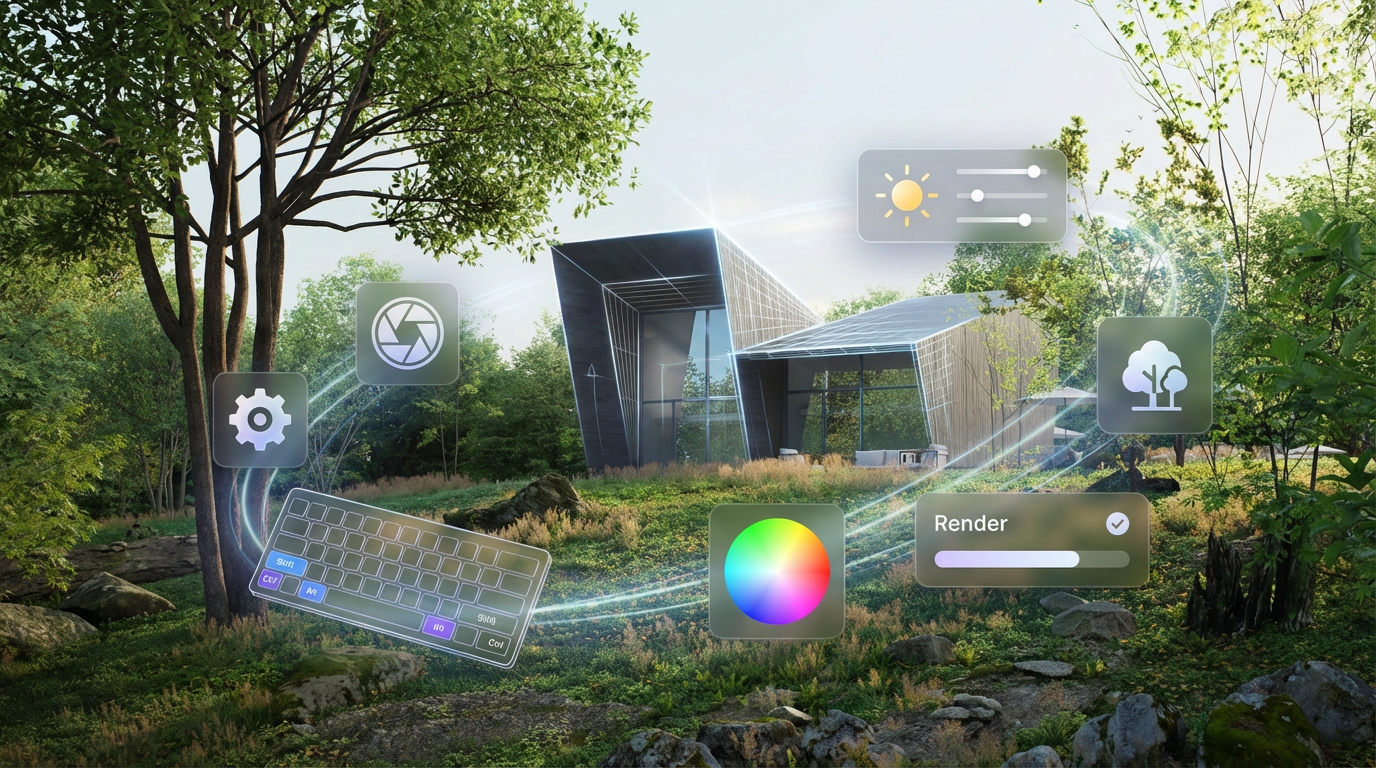
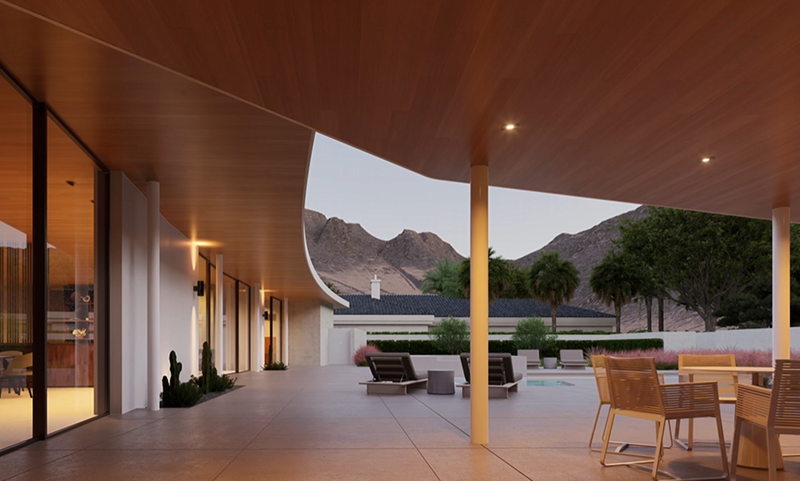
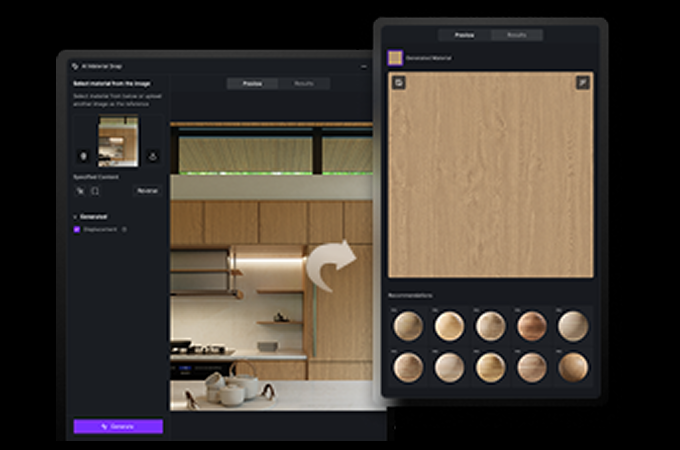
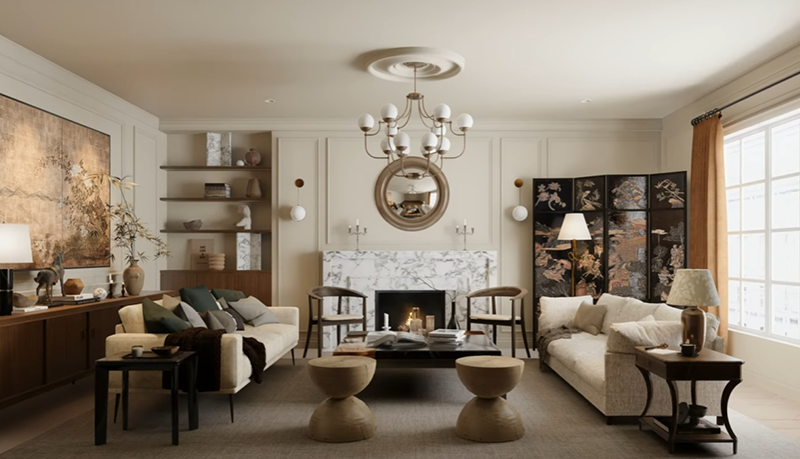

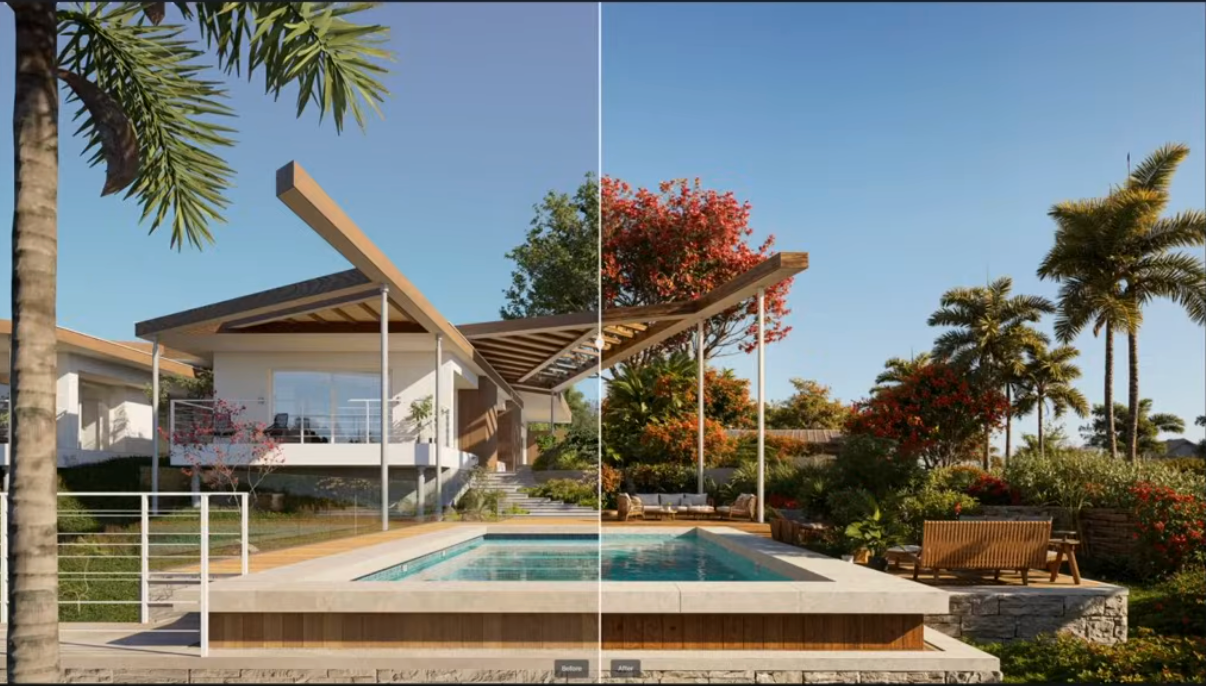

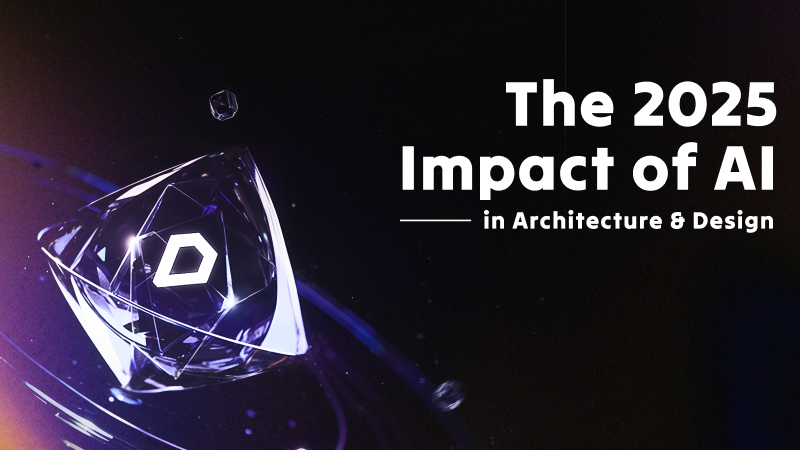
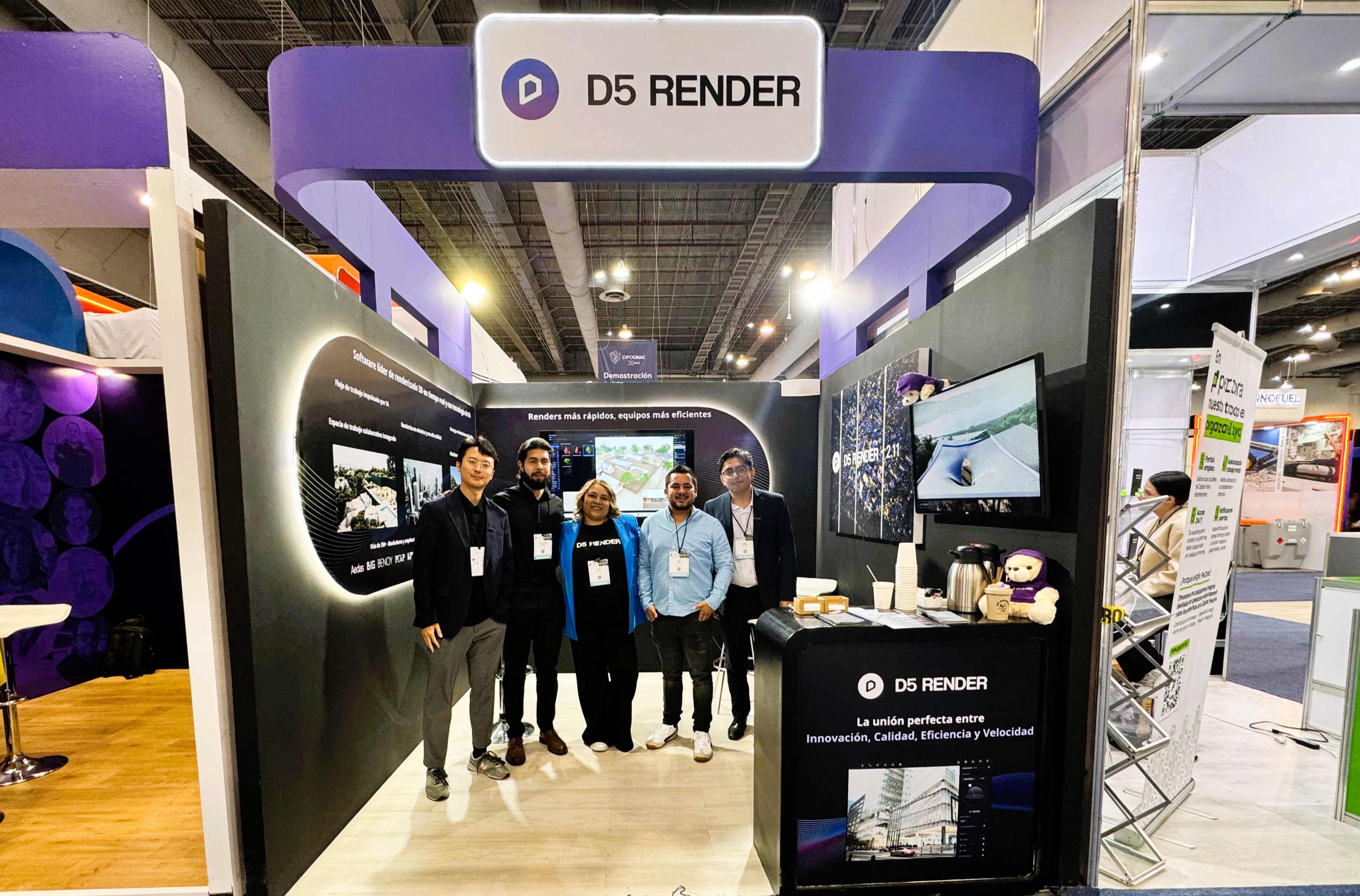
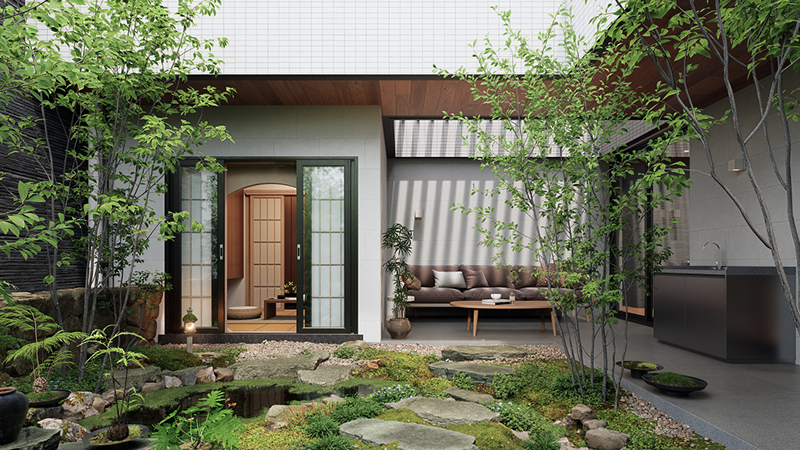
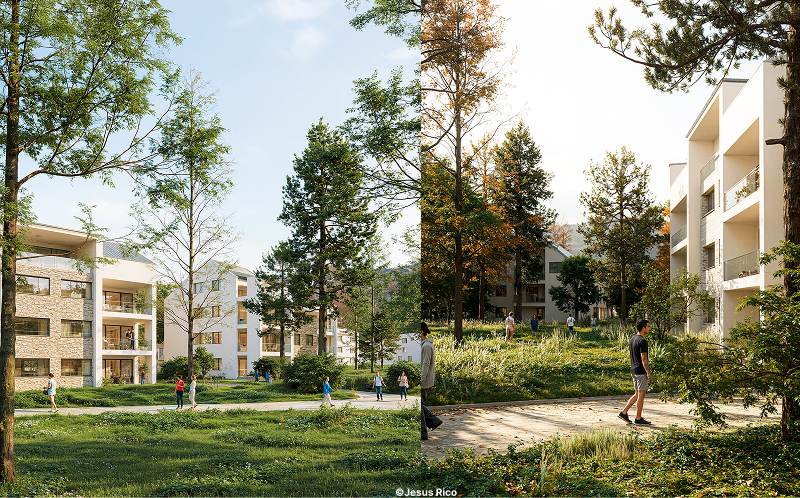
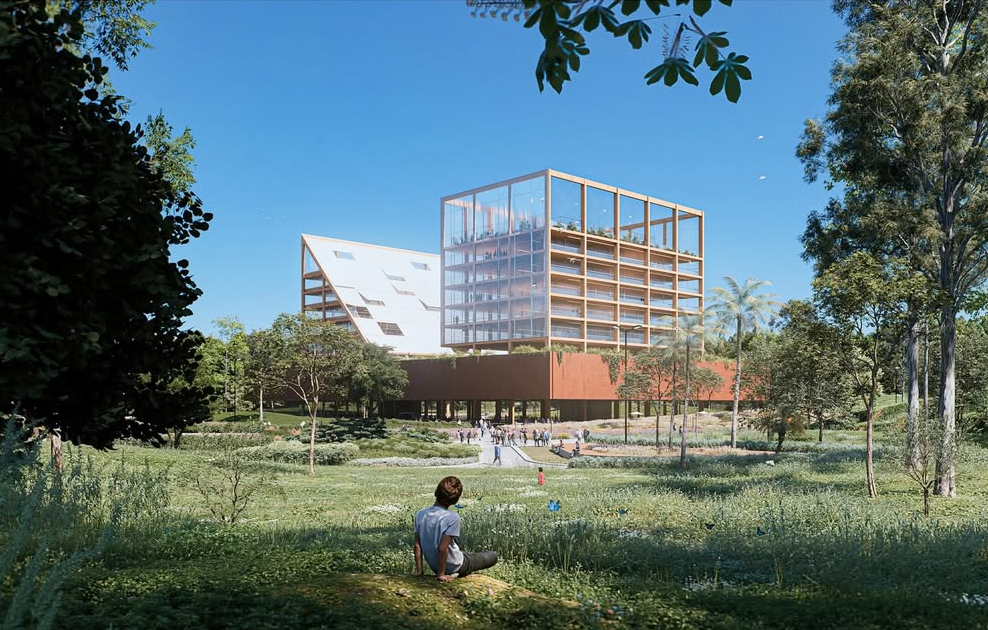
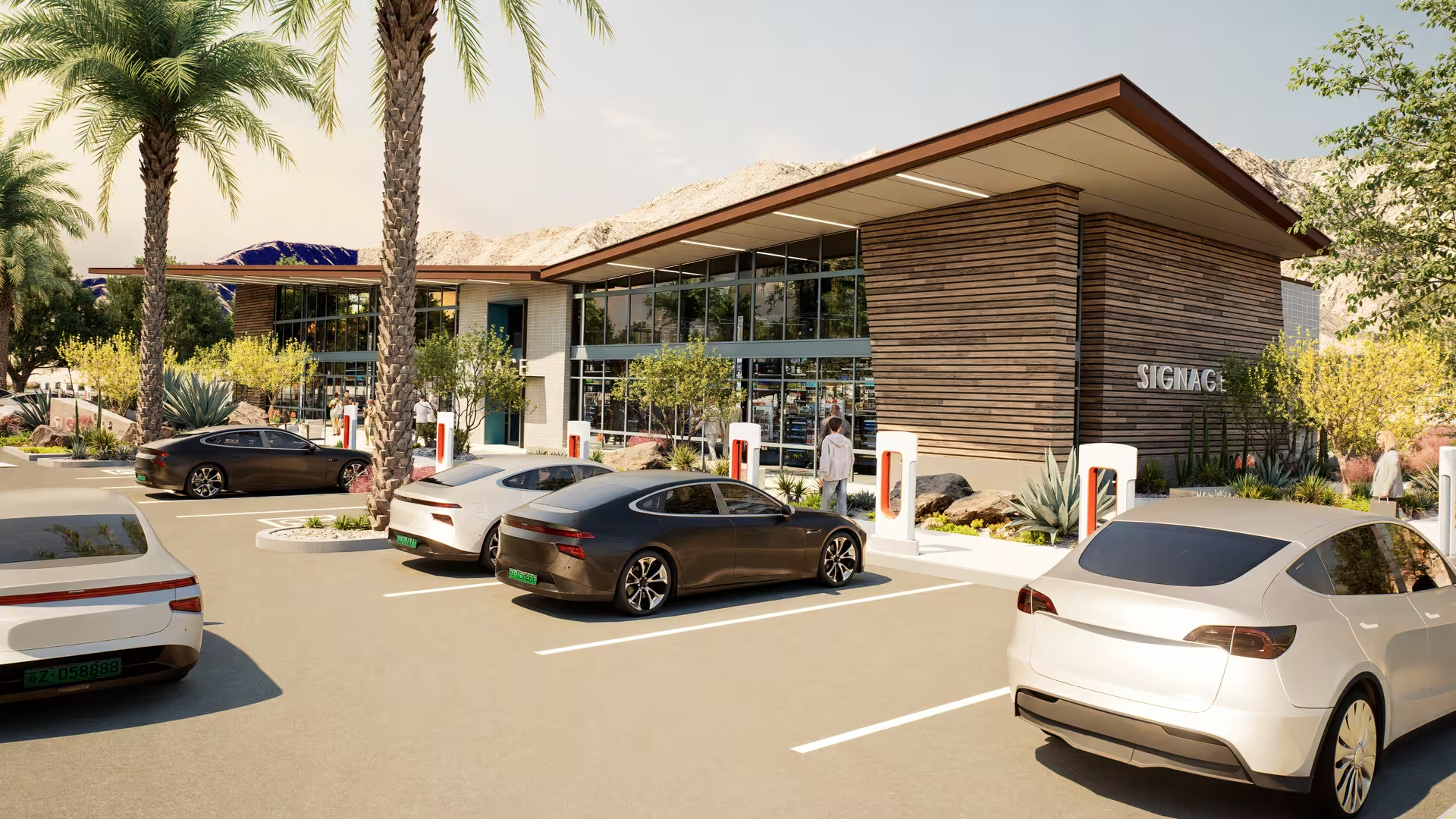
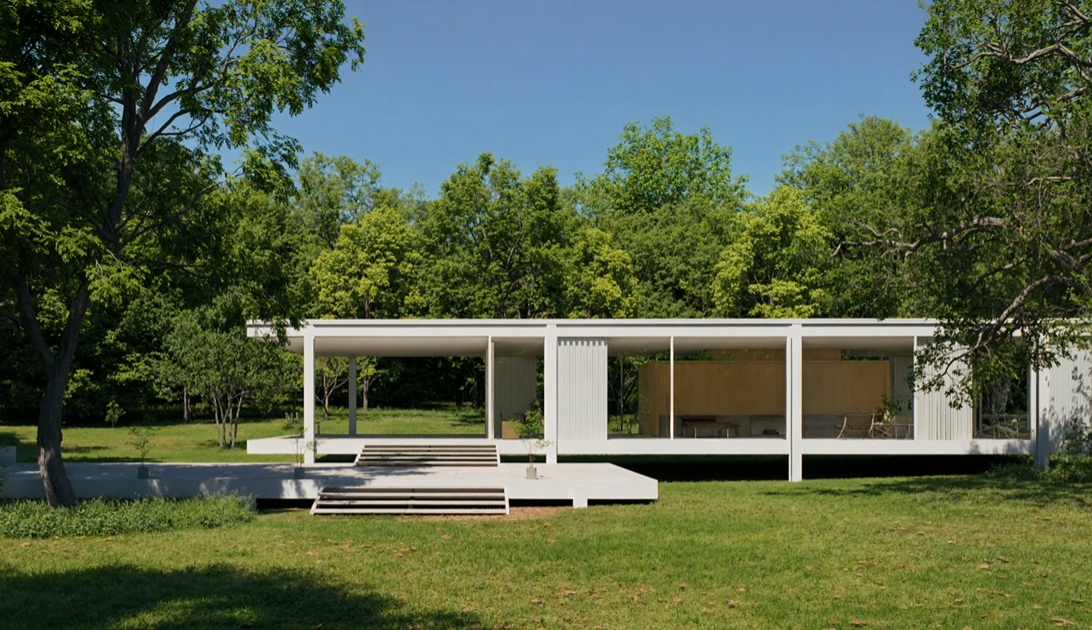
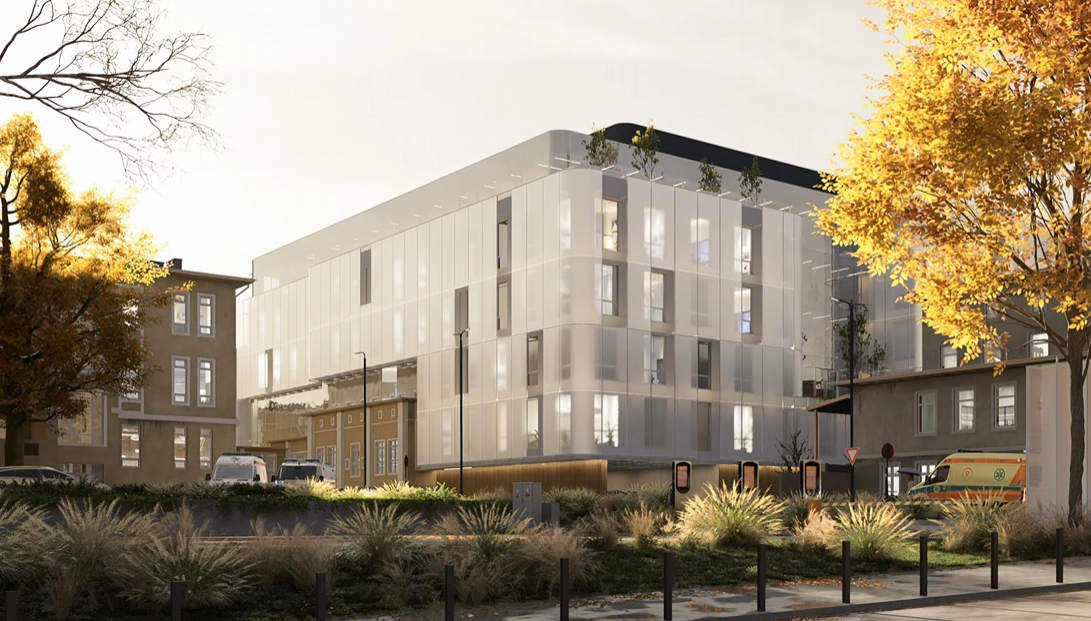
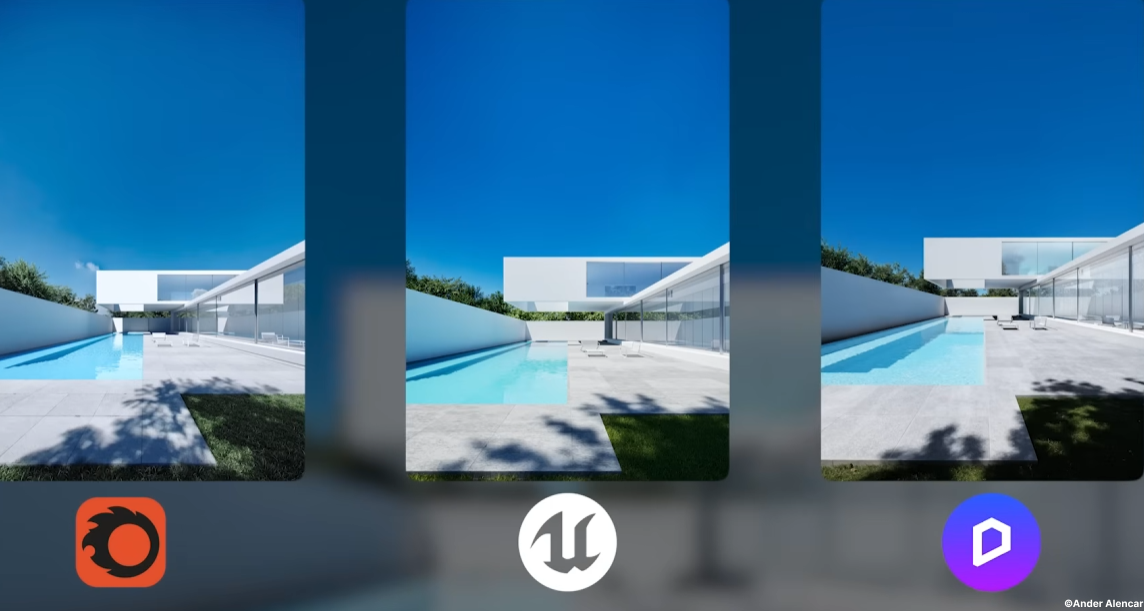
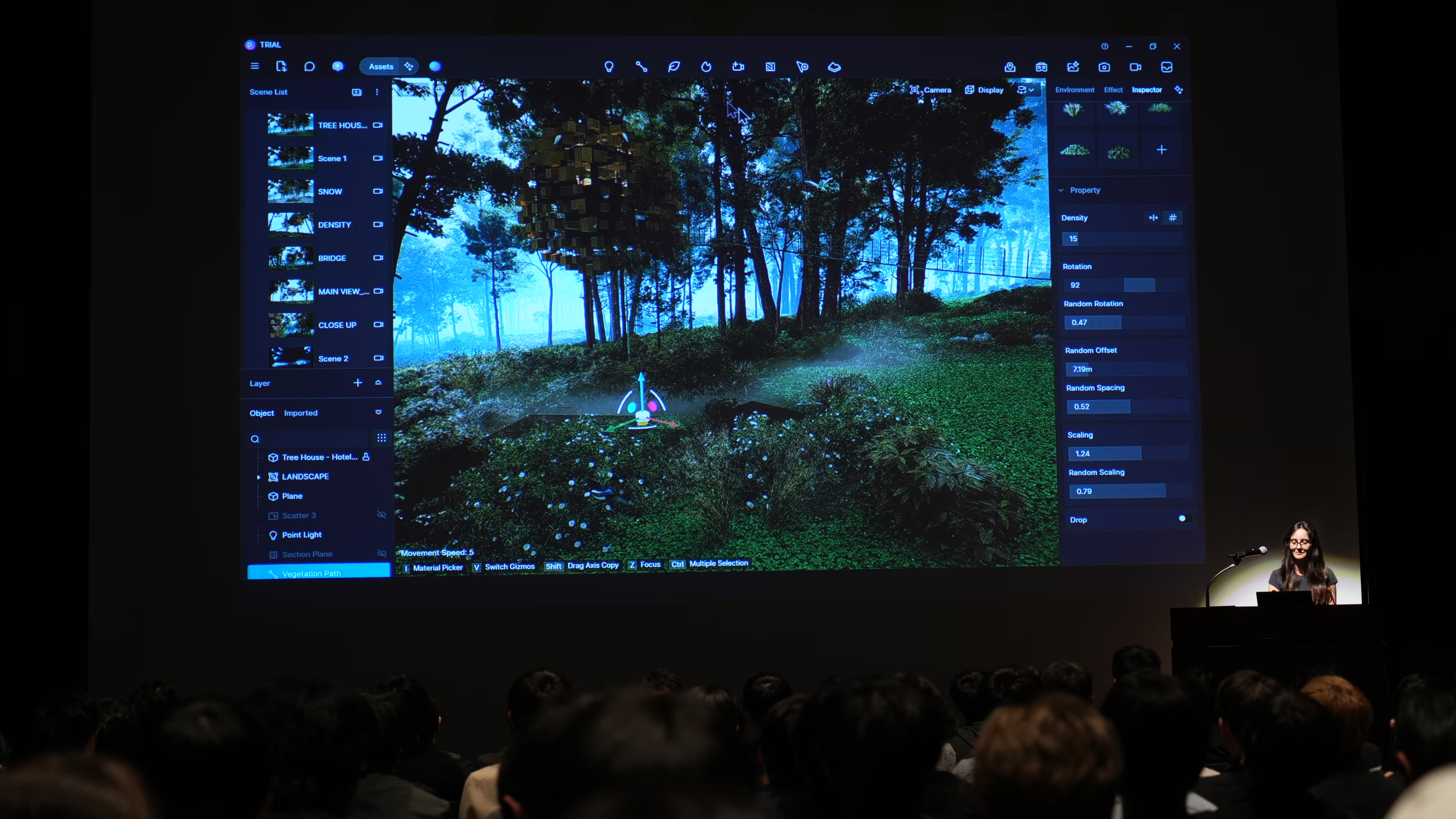
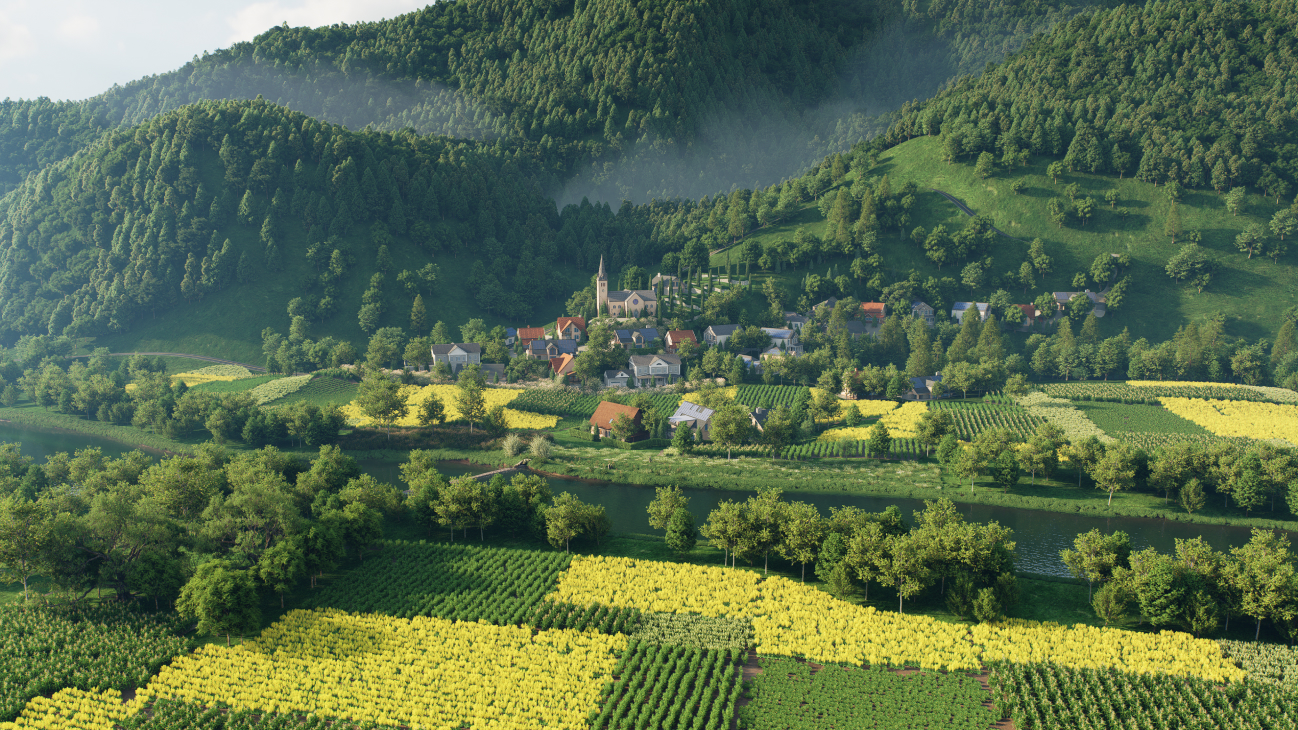
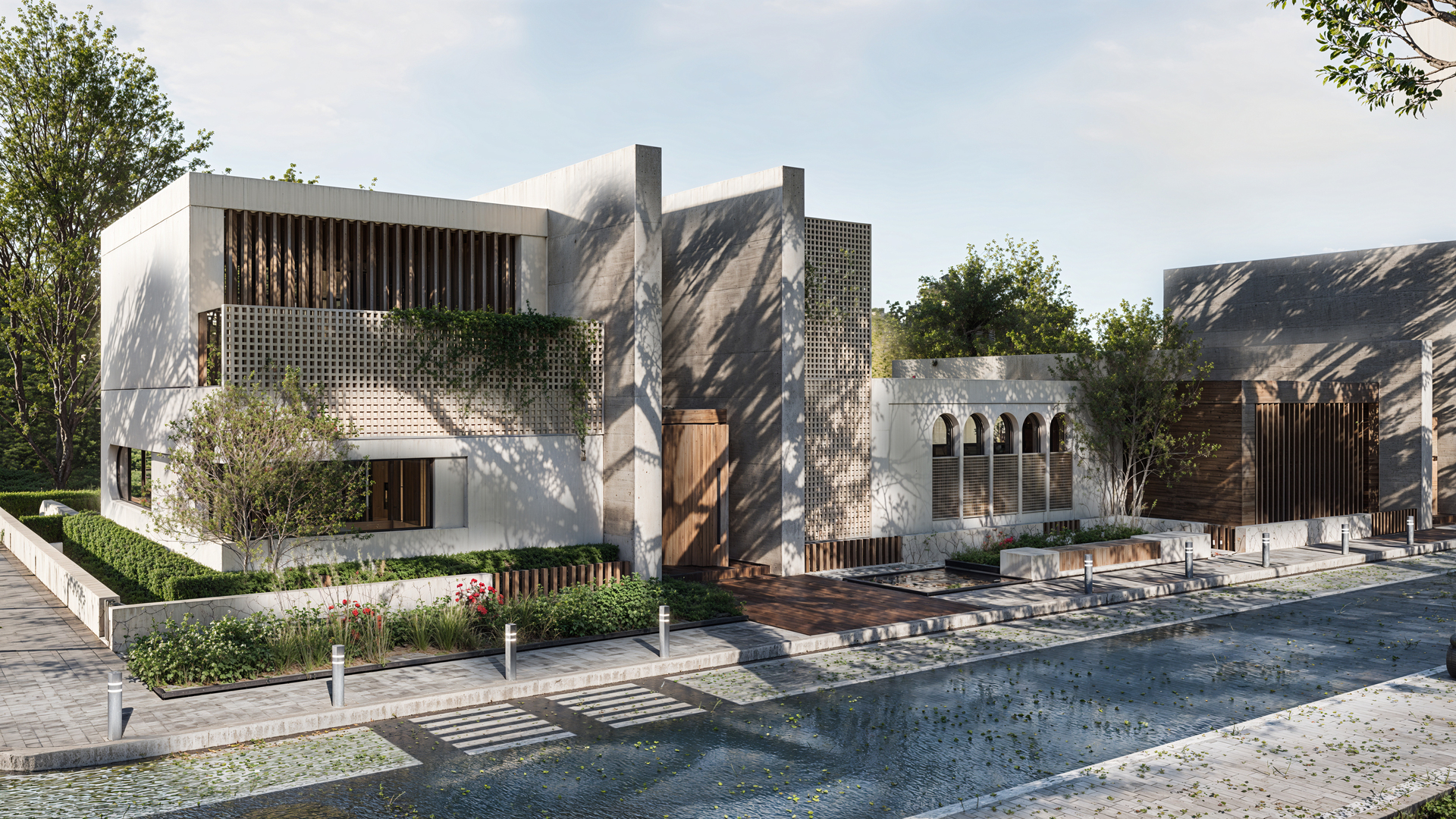
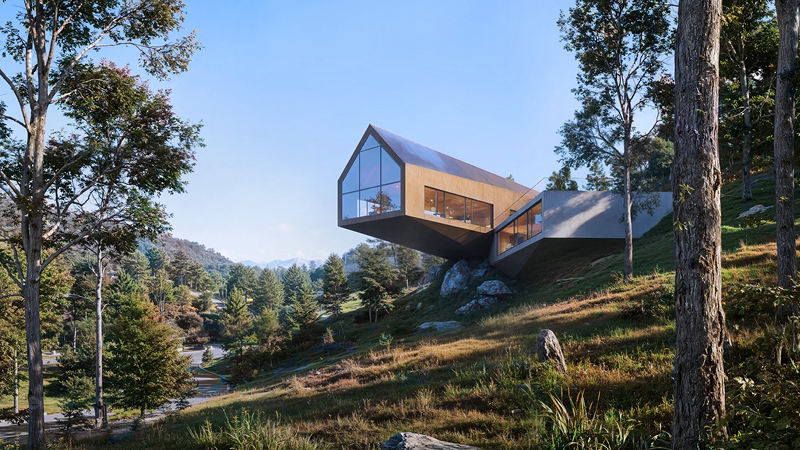
%20(1).png)
.png)
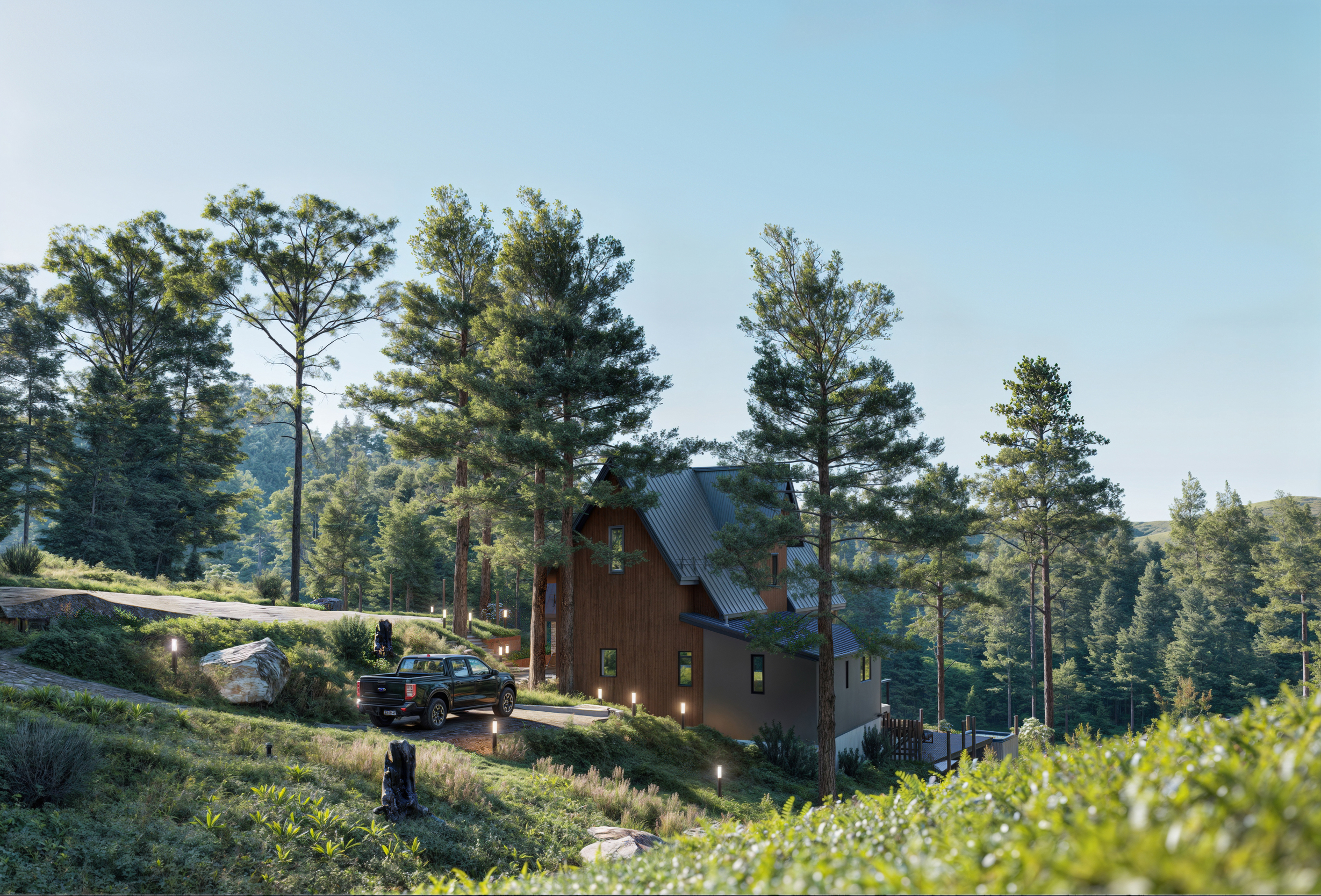
.png)

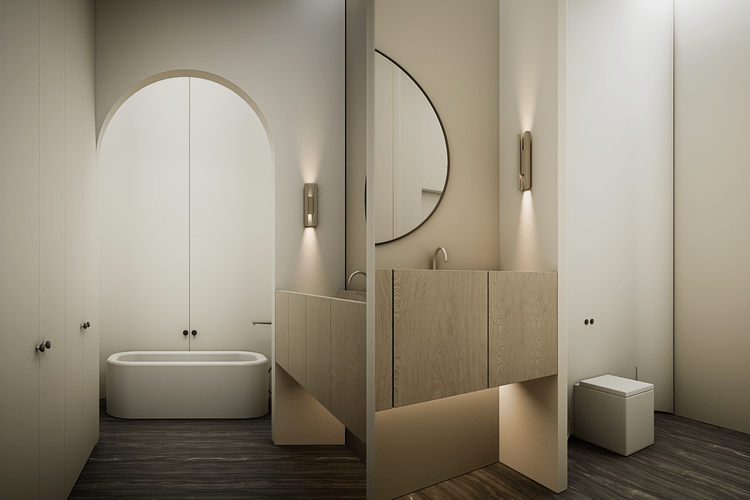
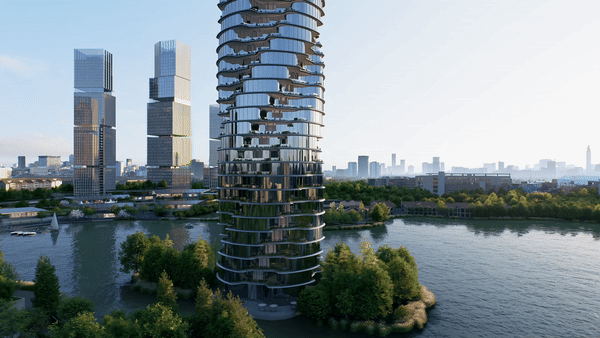
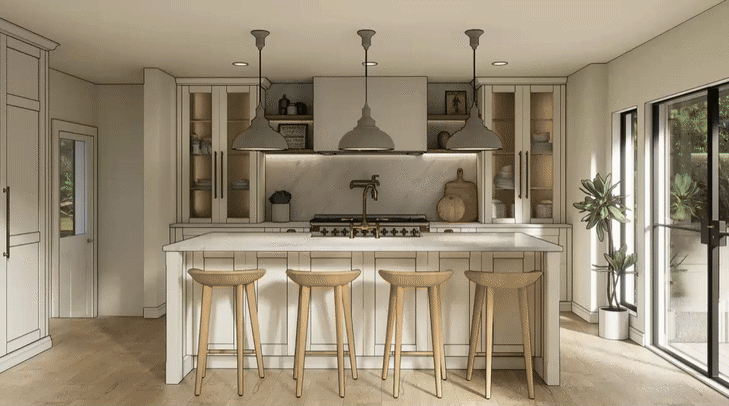
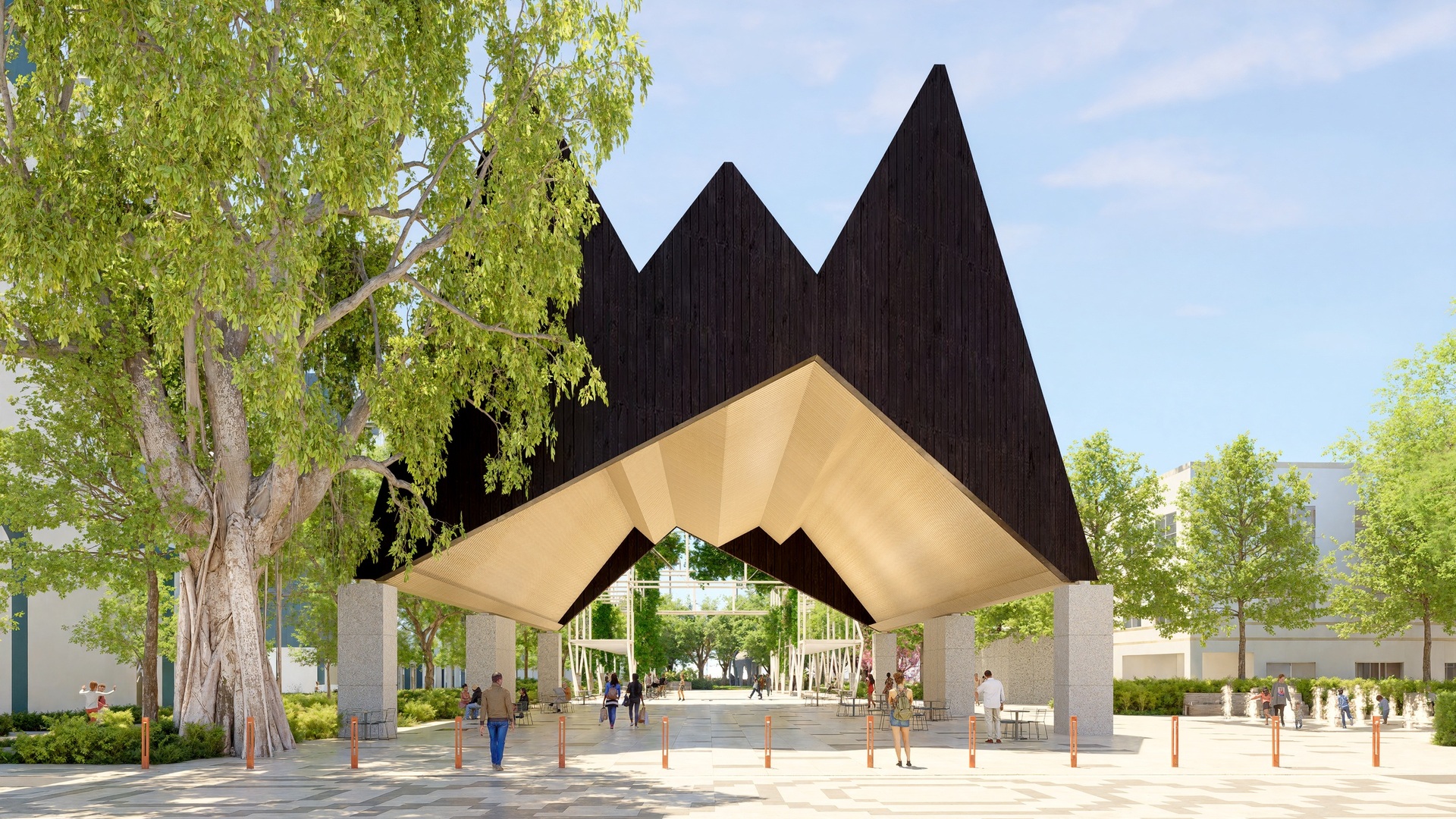

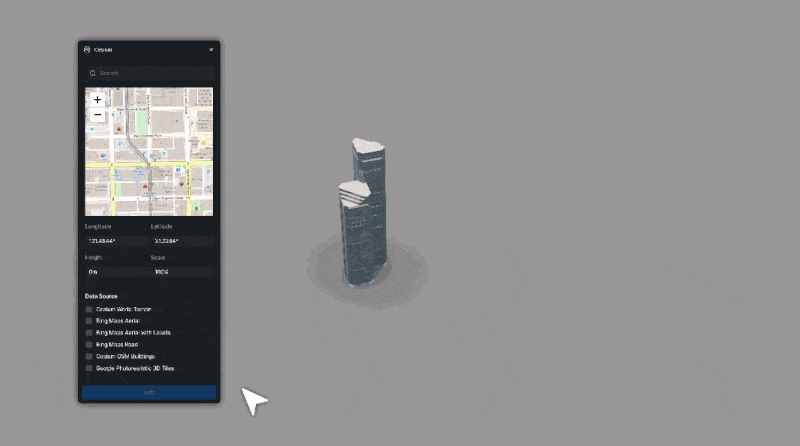
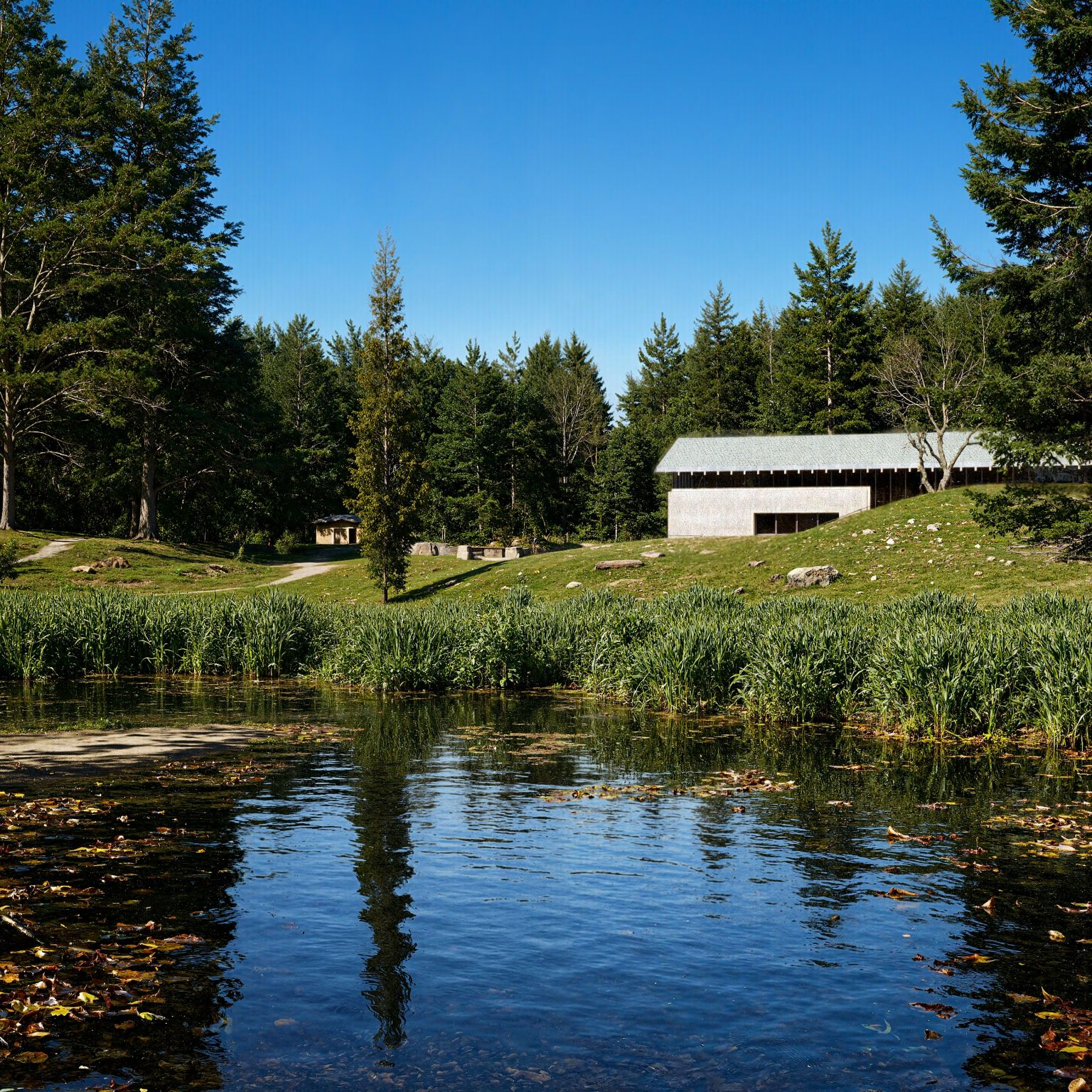

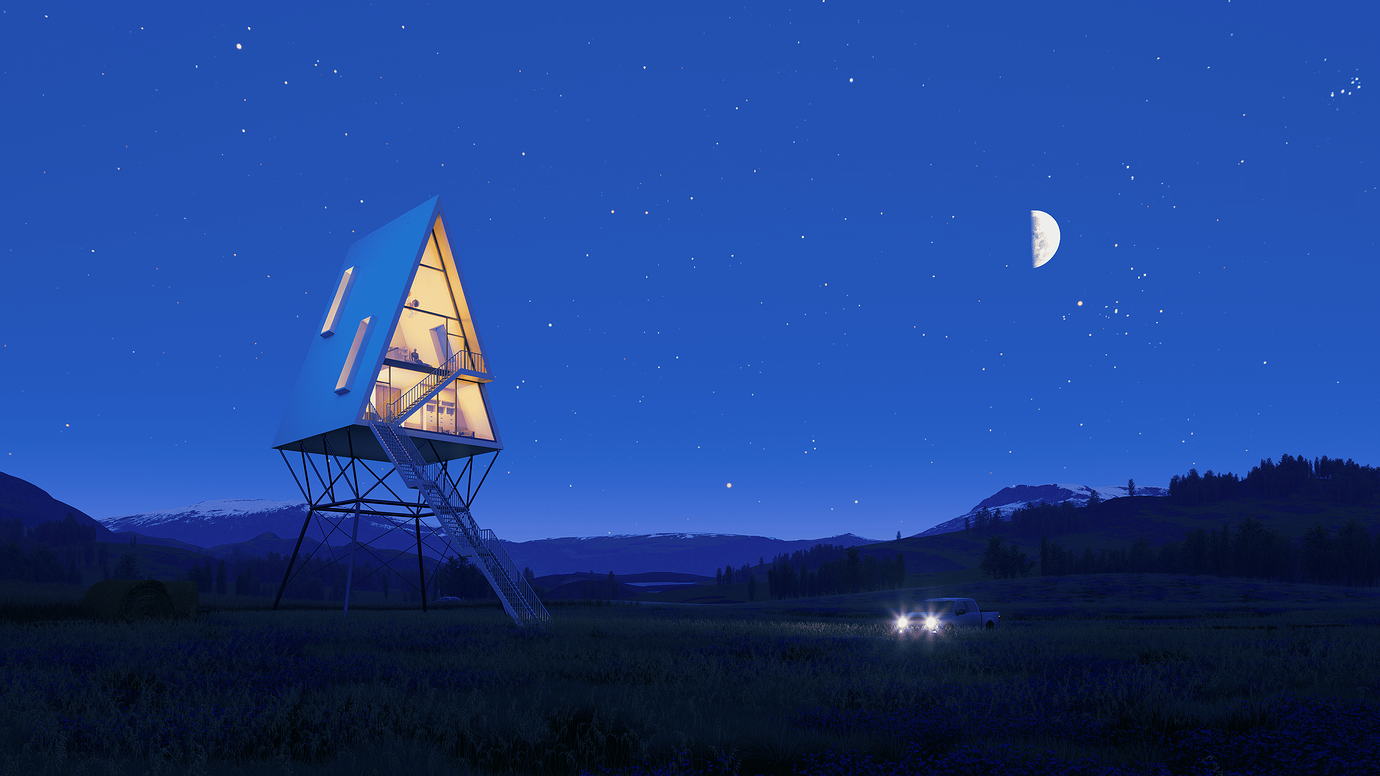
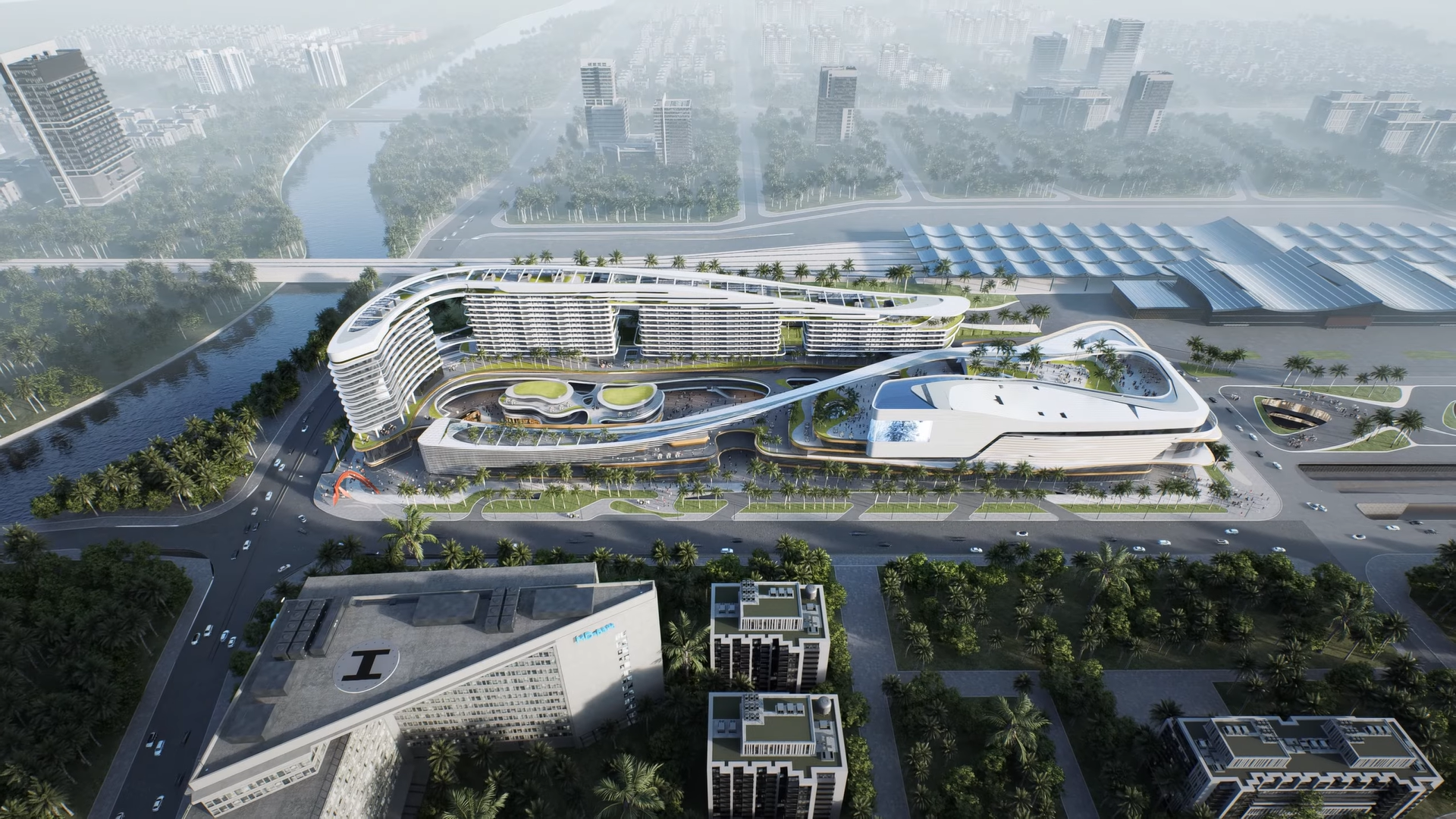
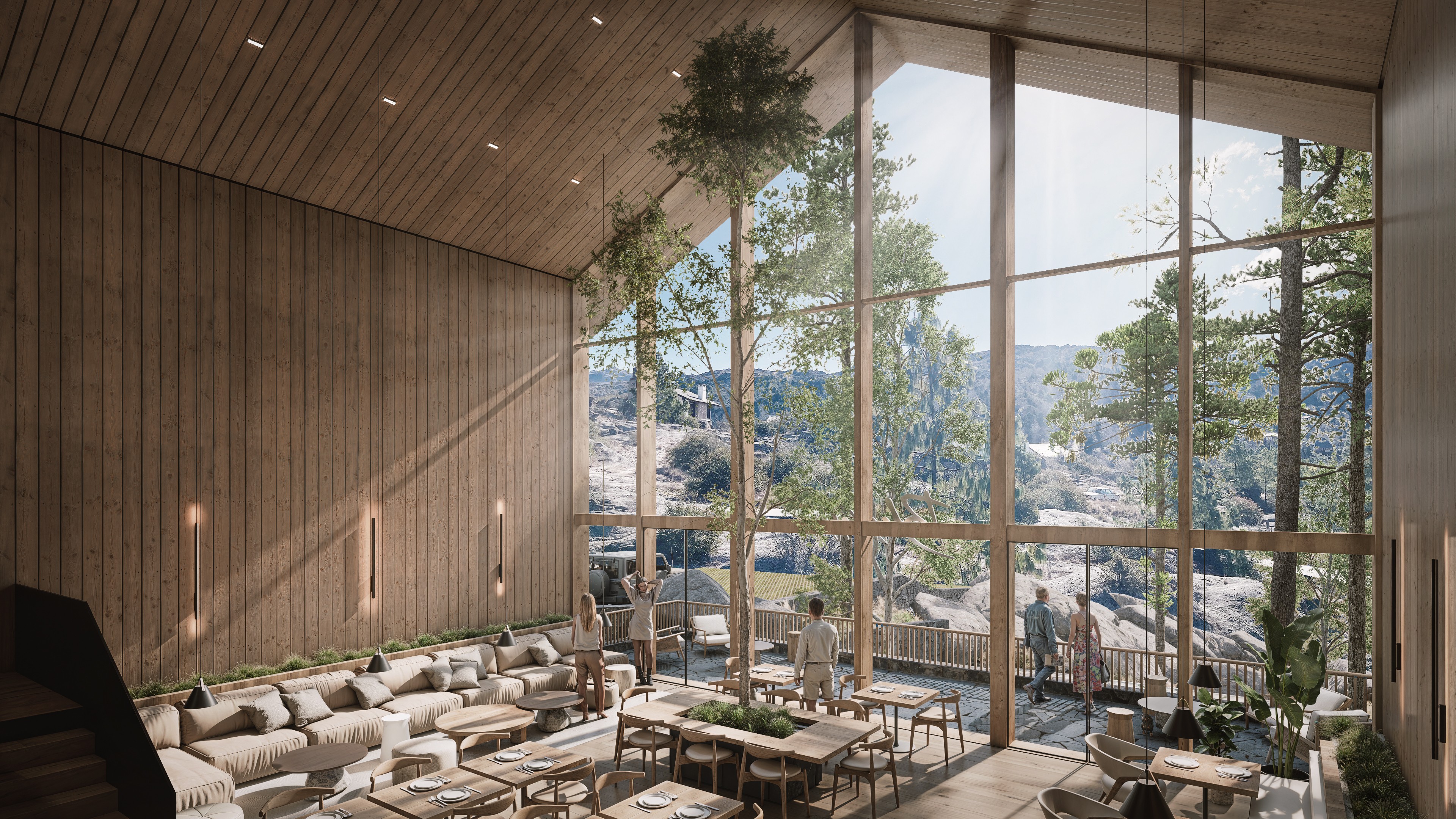
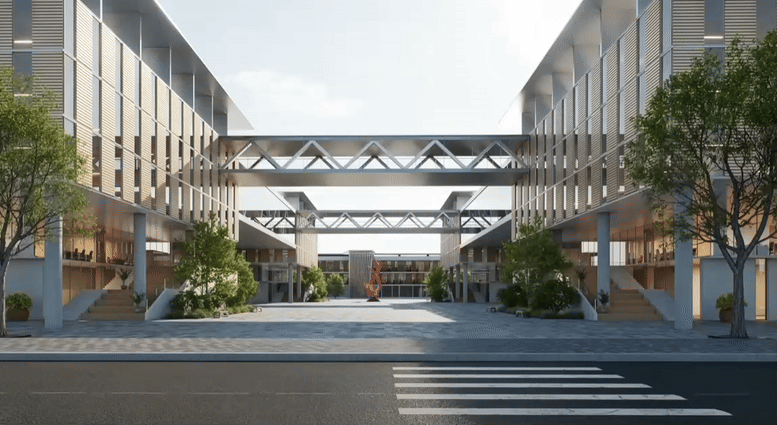
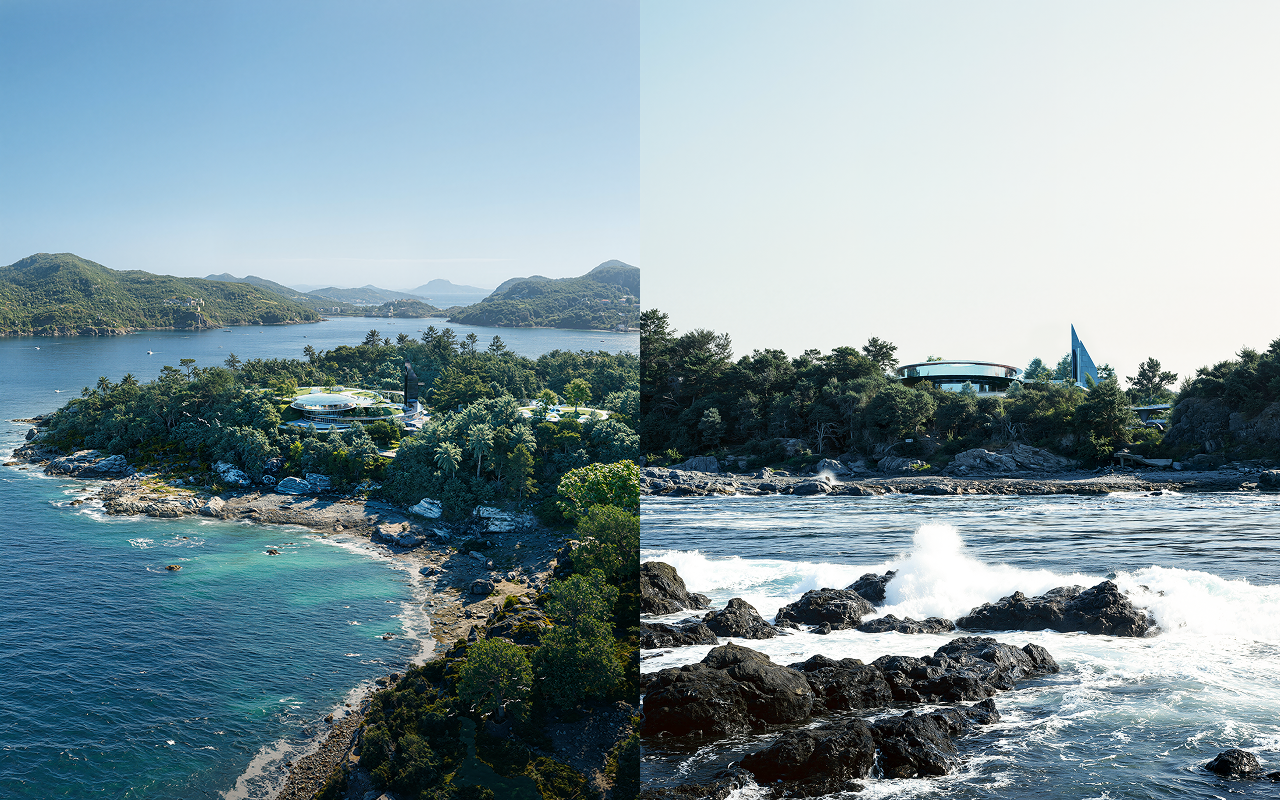
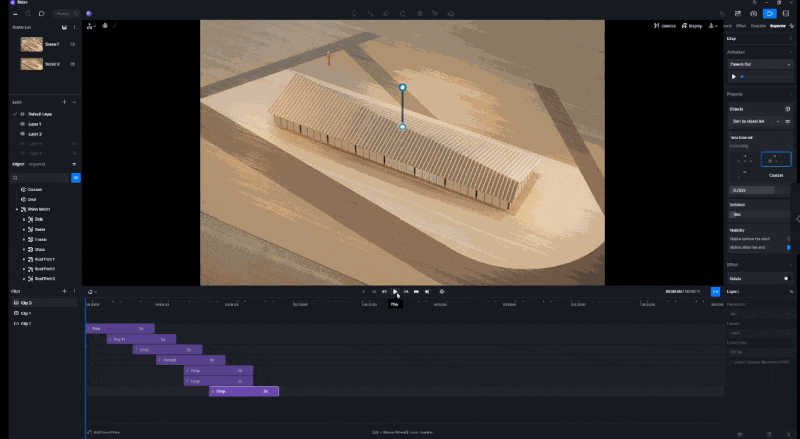
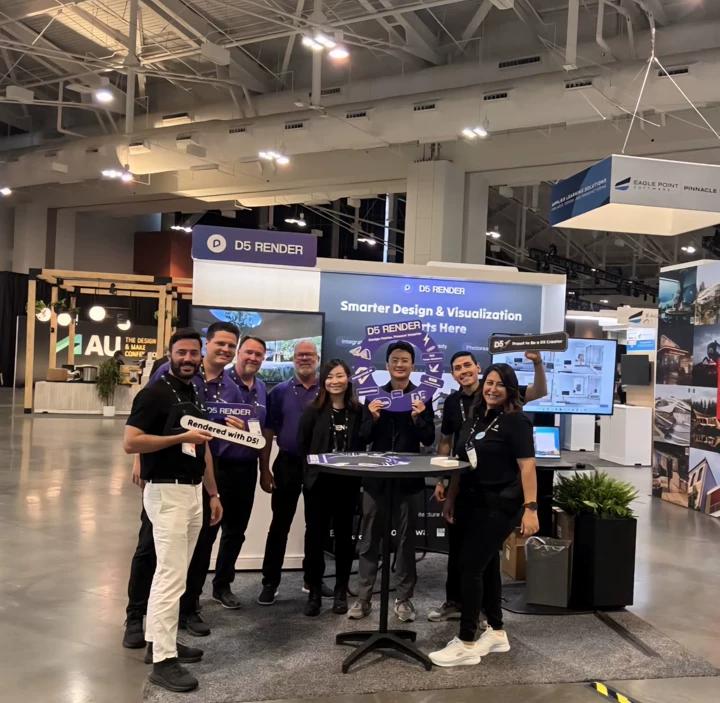


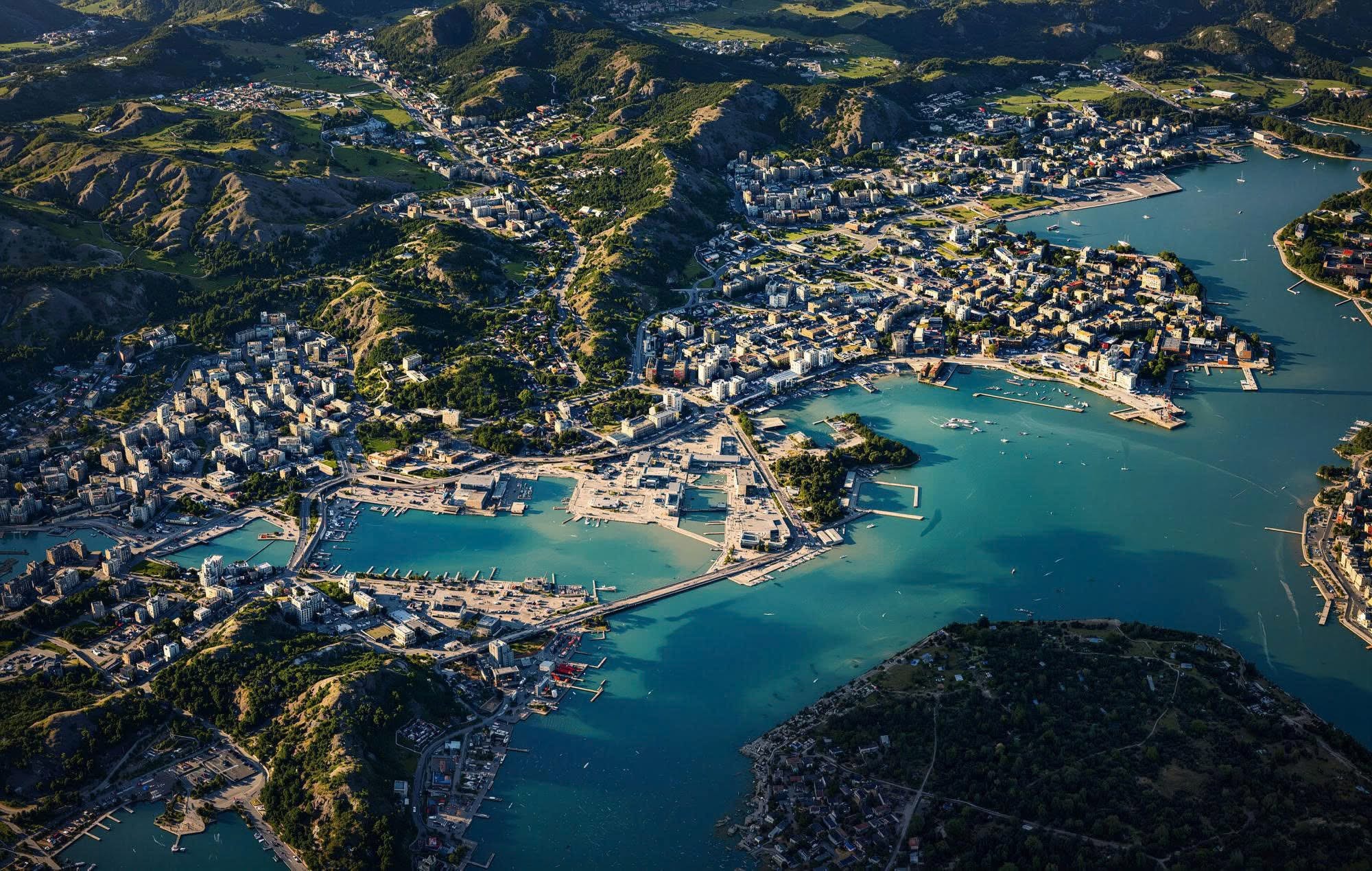
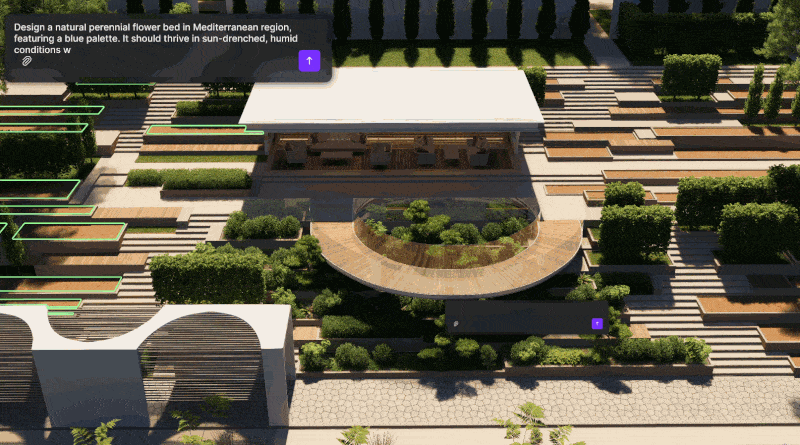
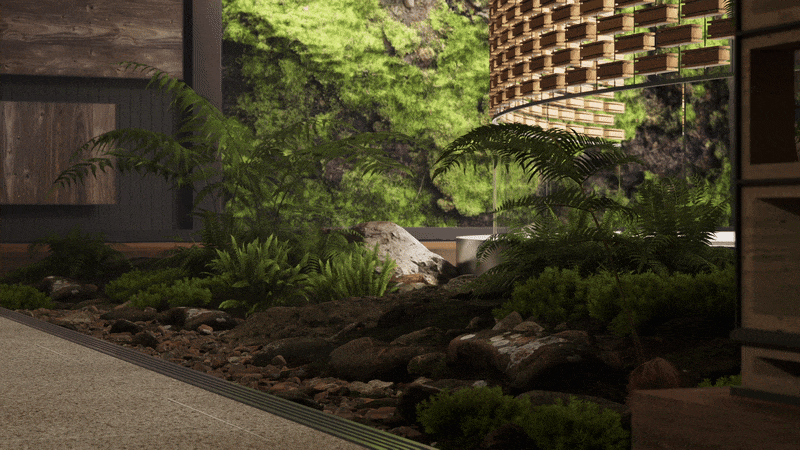

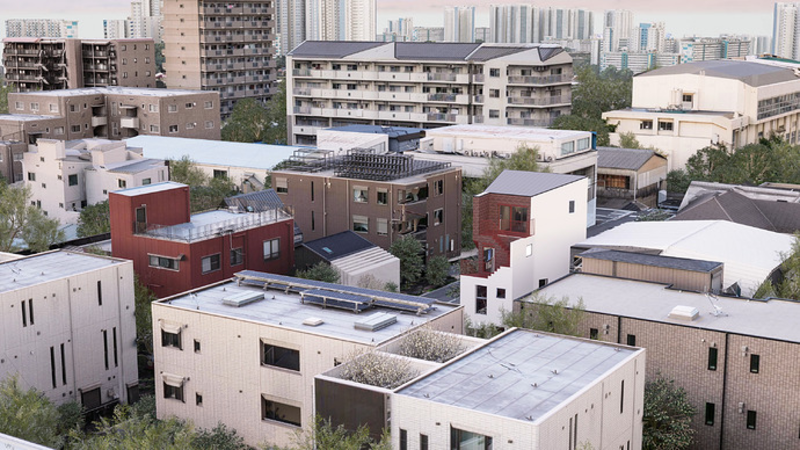
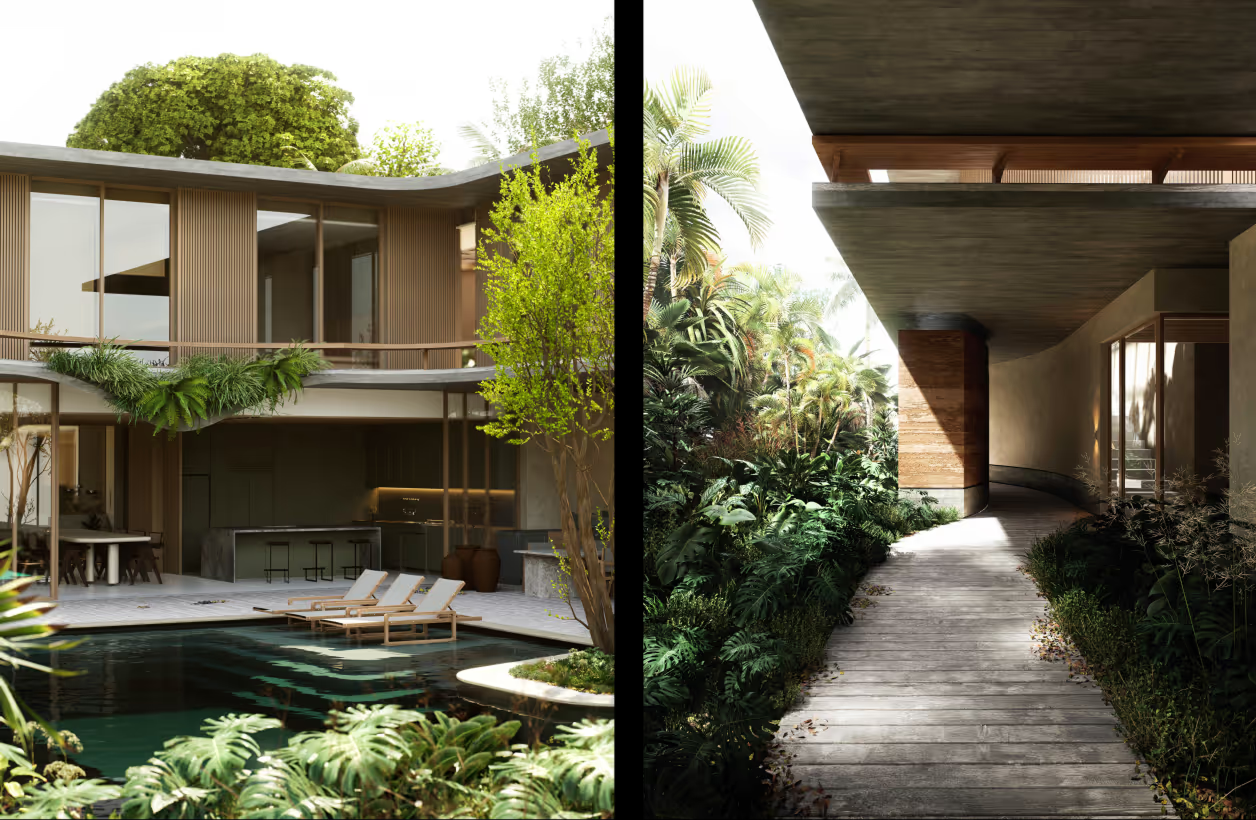
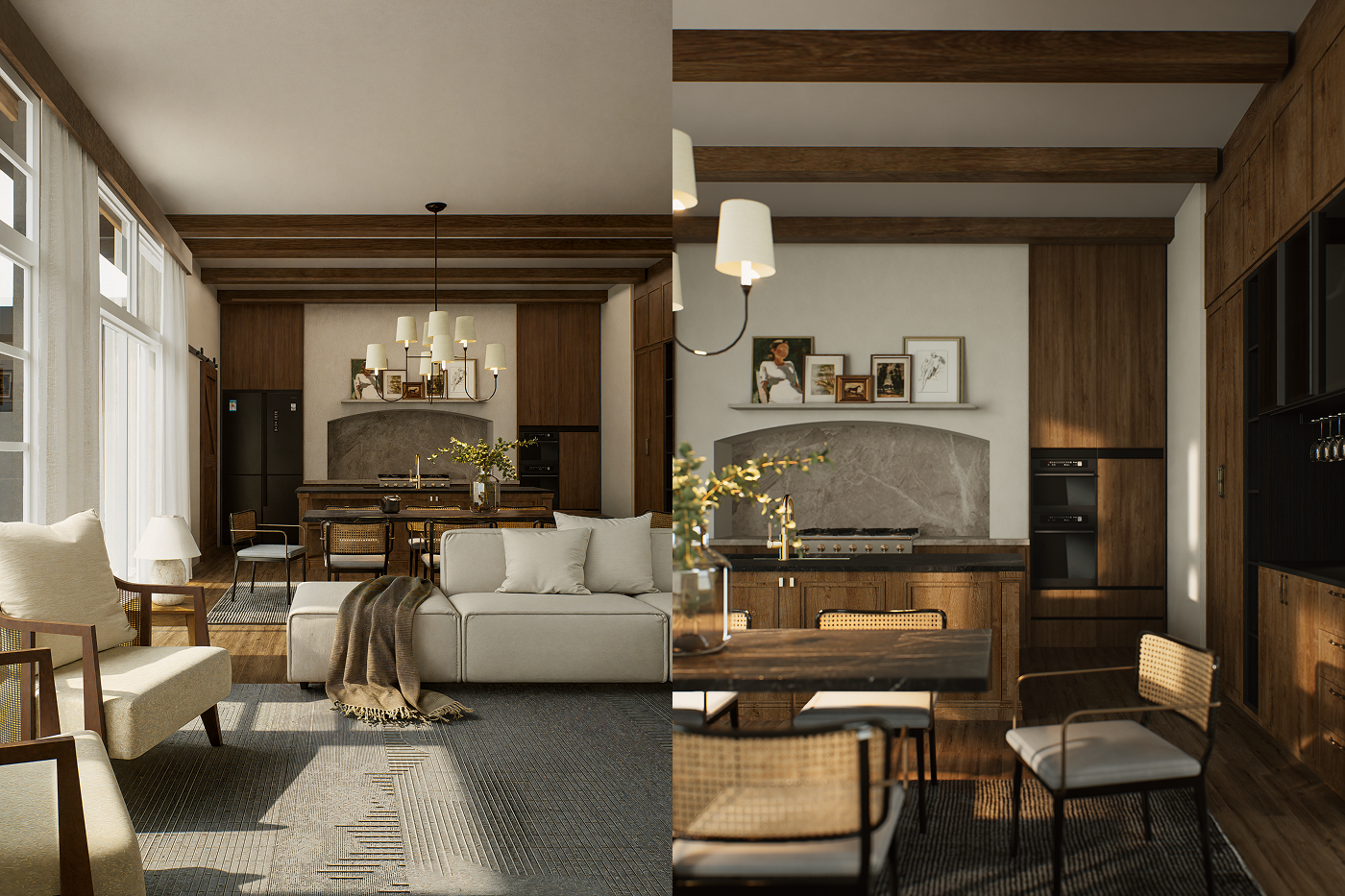
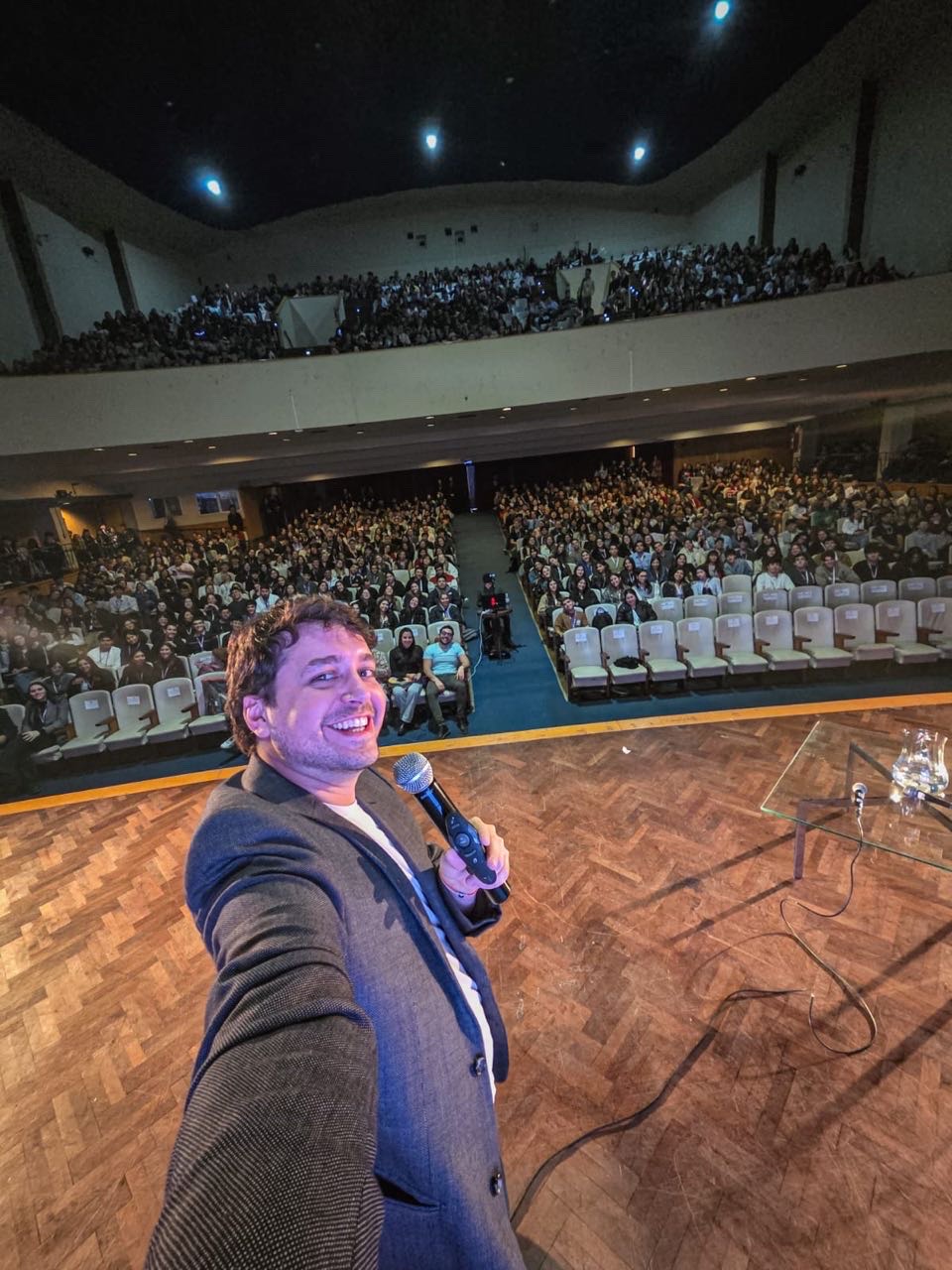
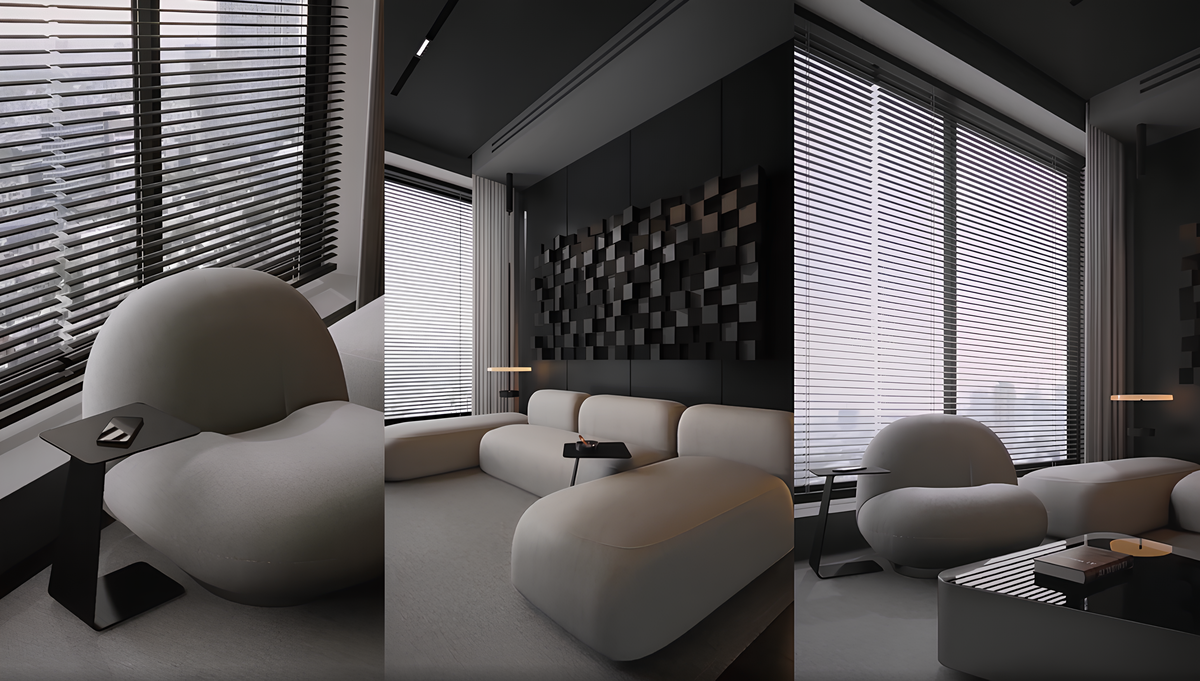
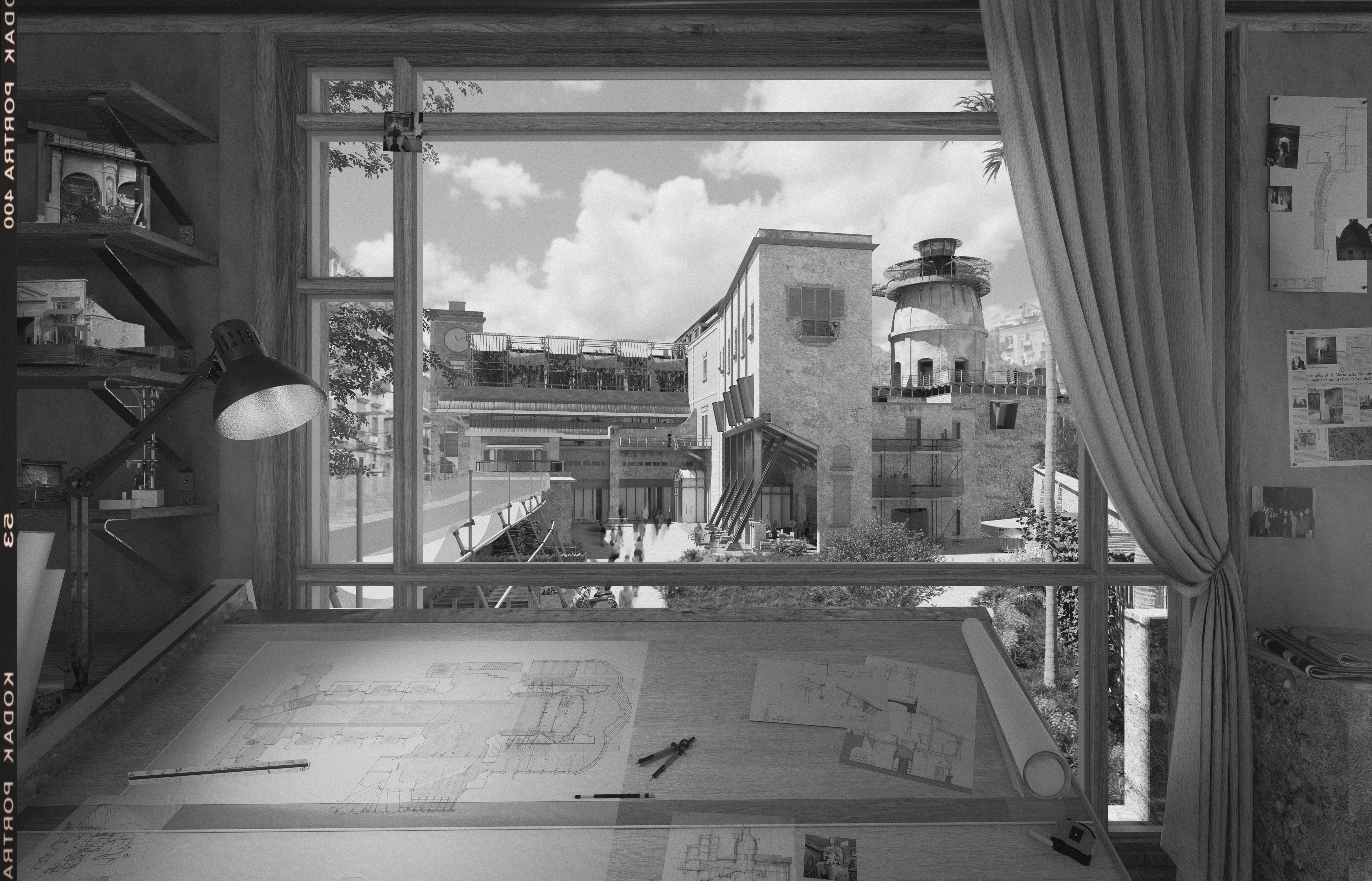

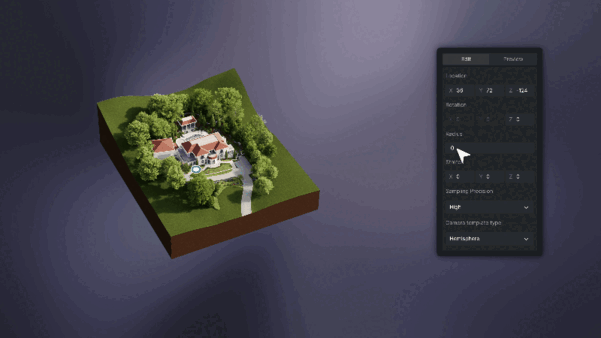

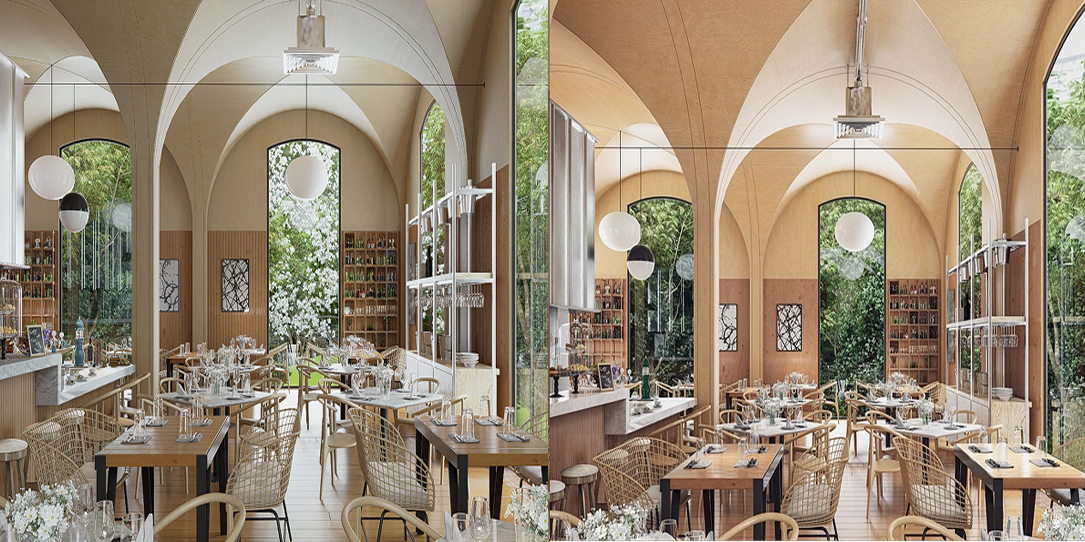
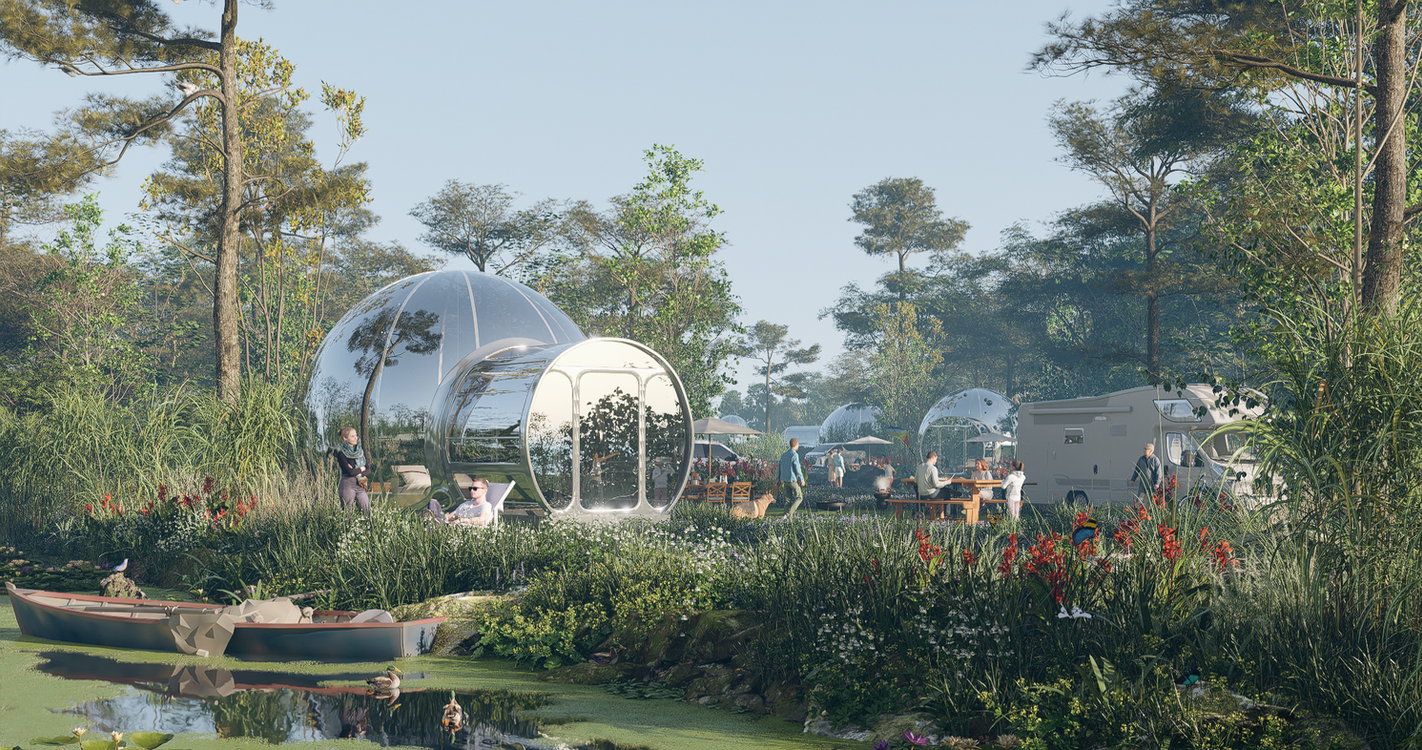
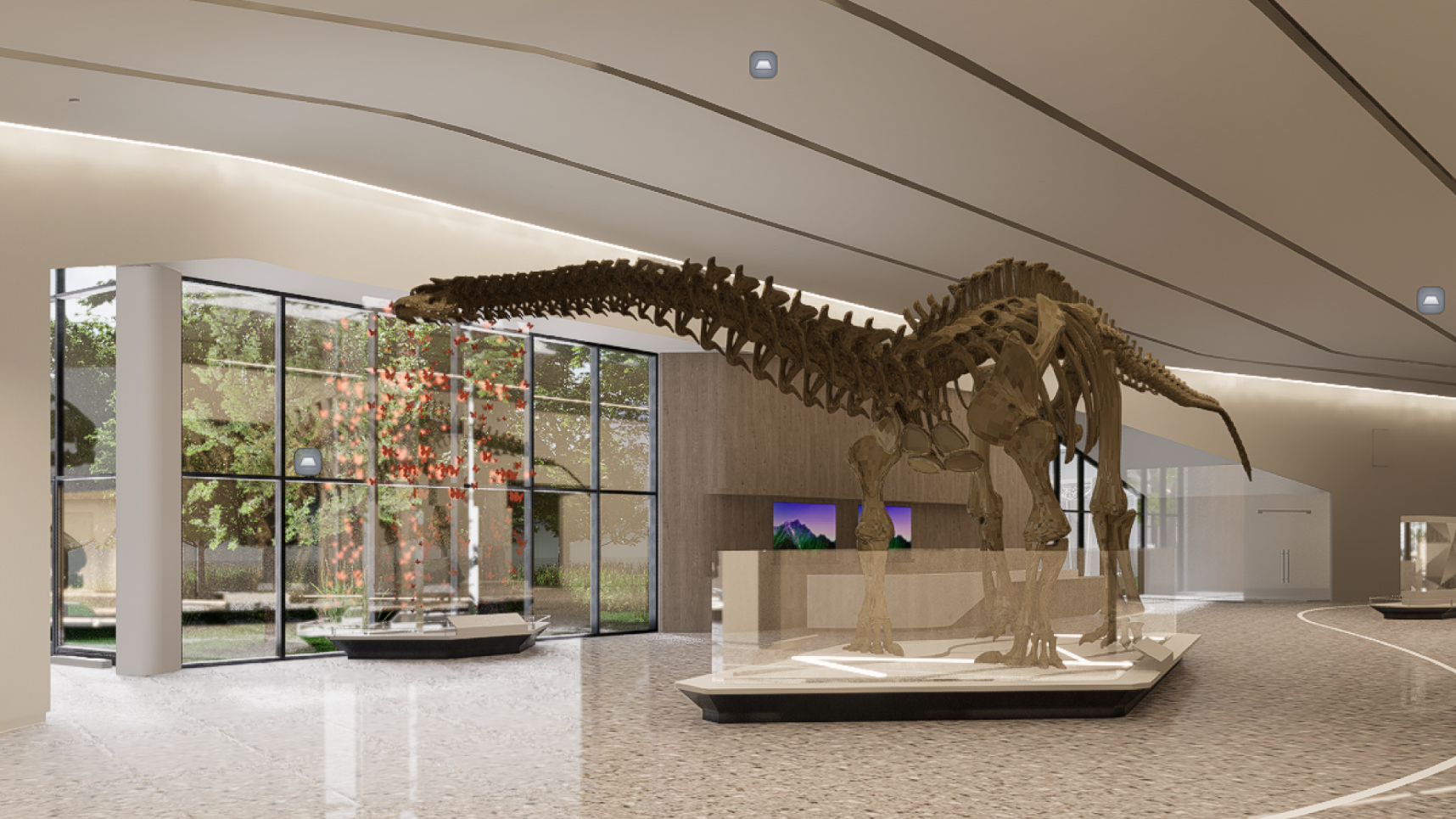
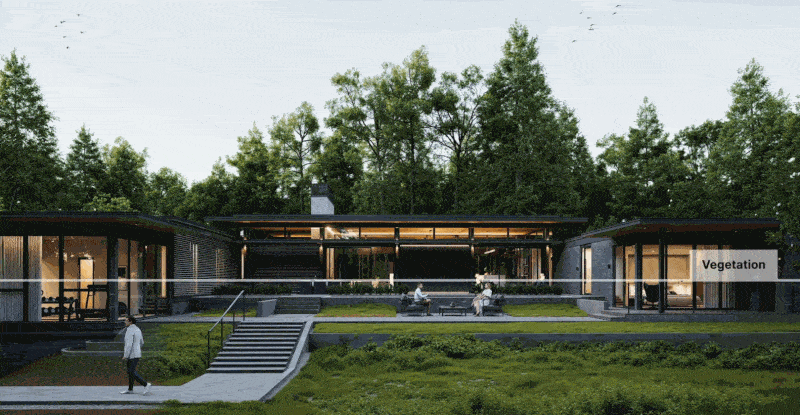

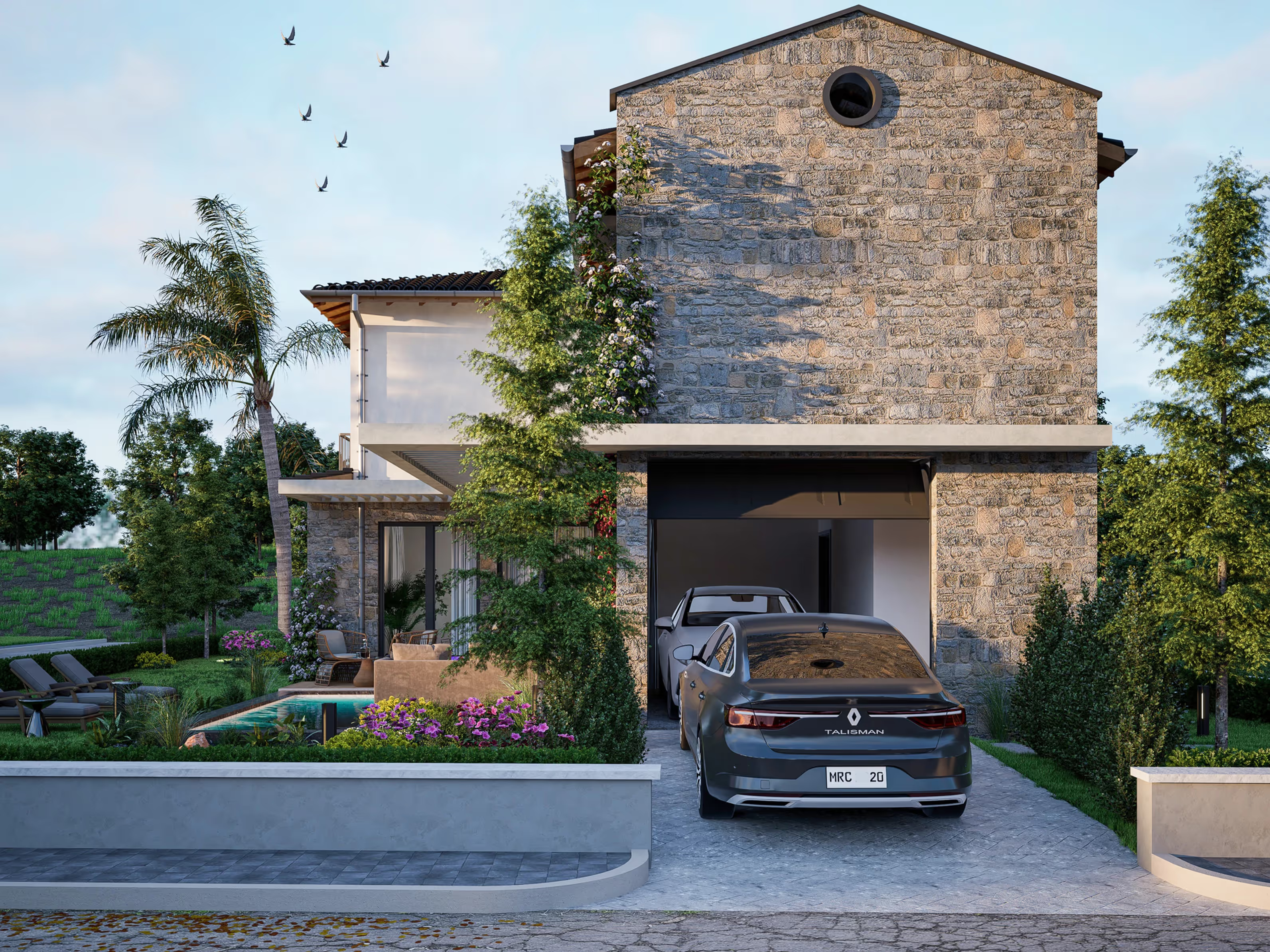
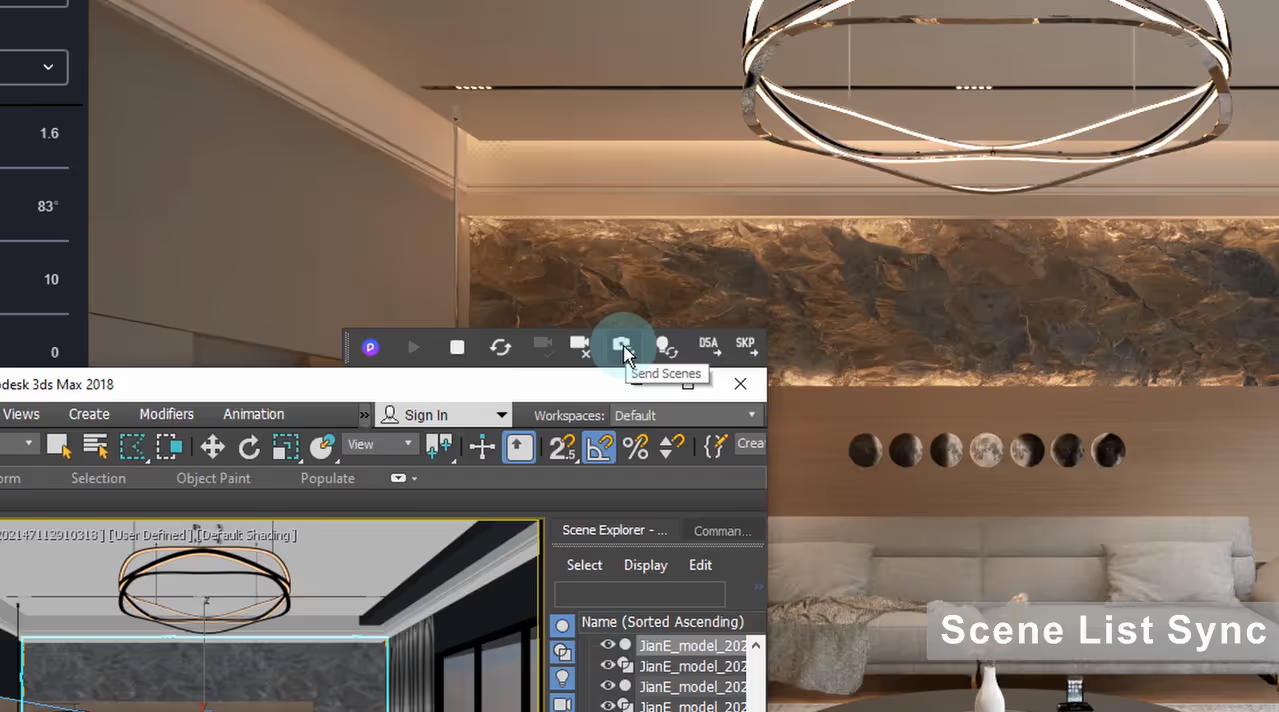


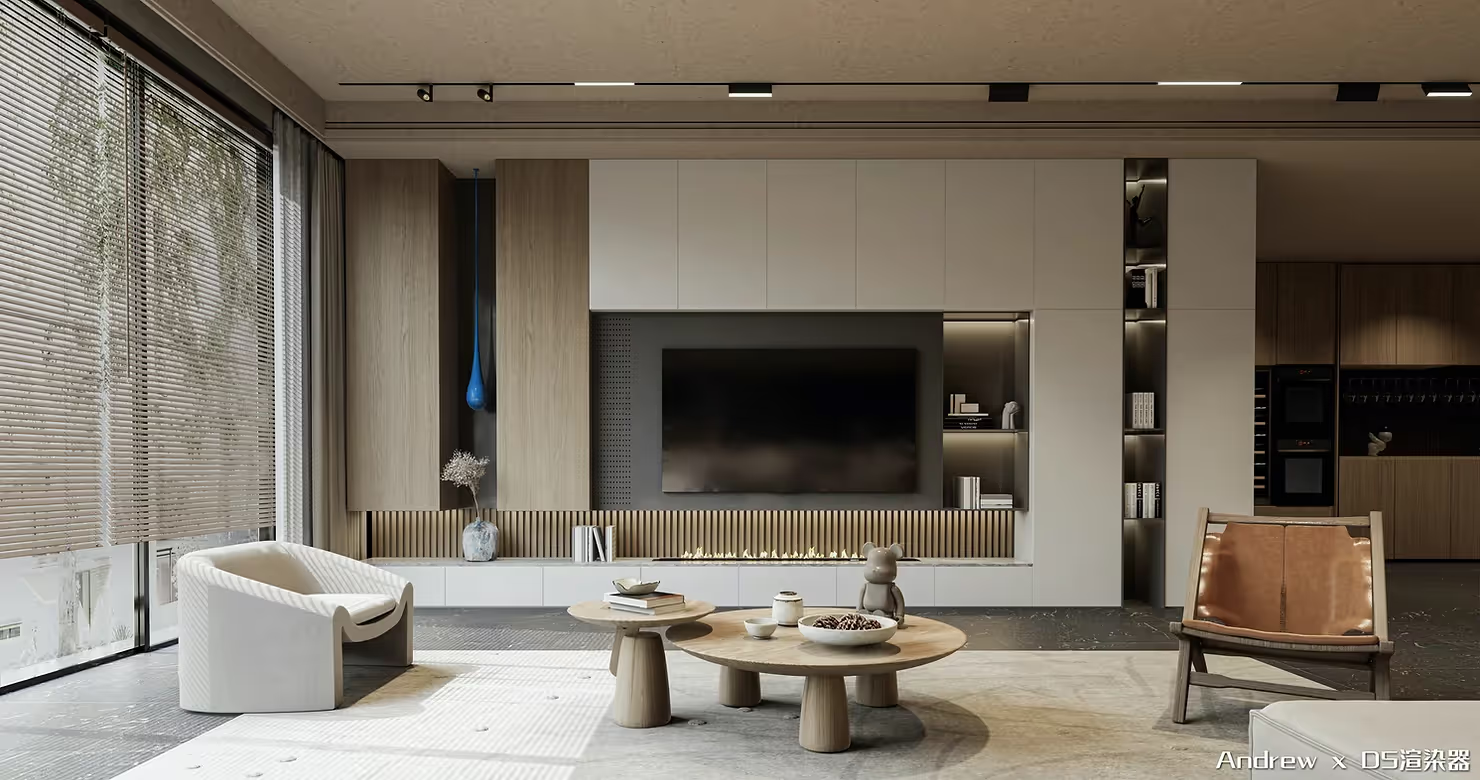
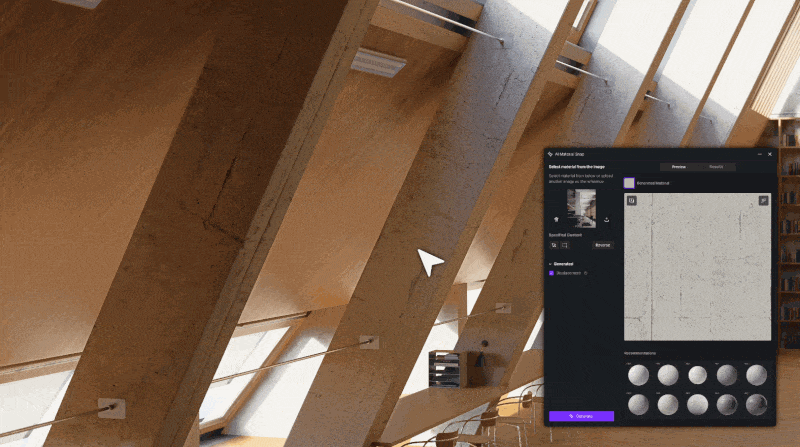
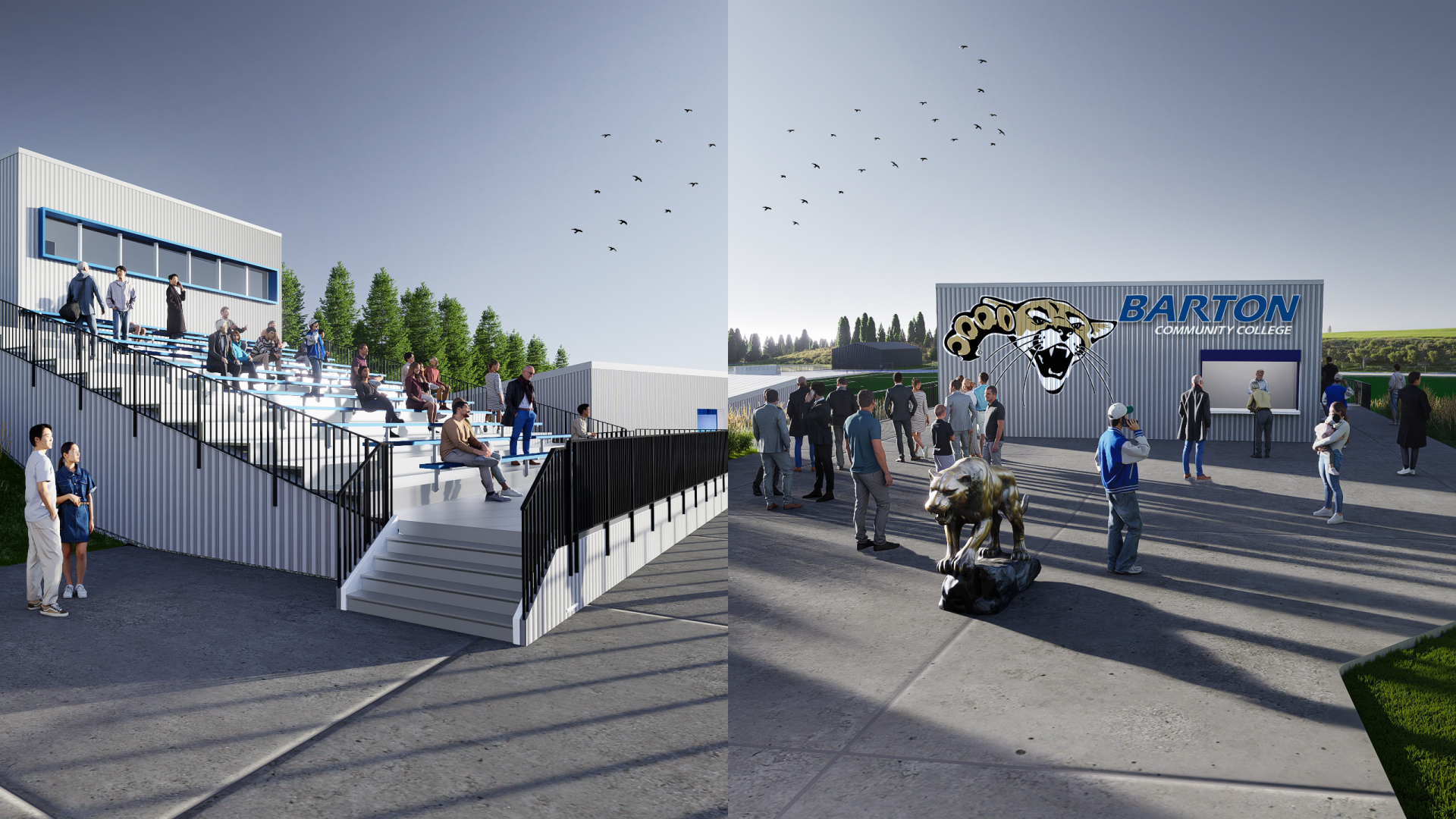
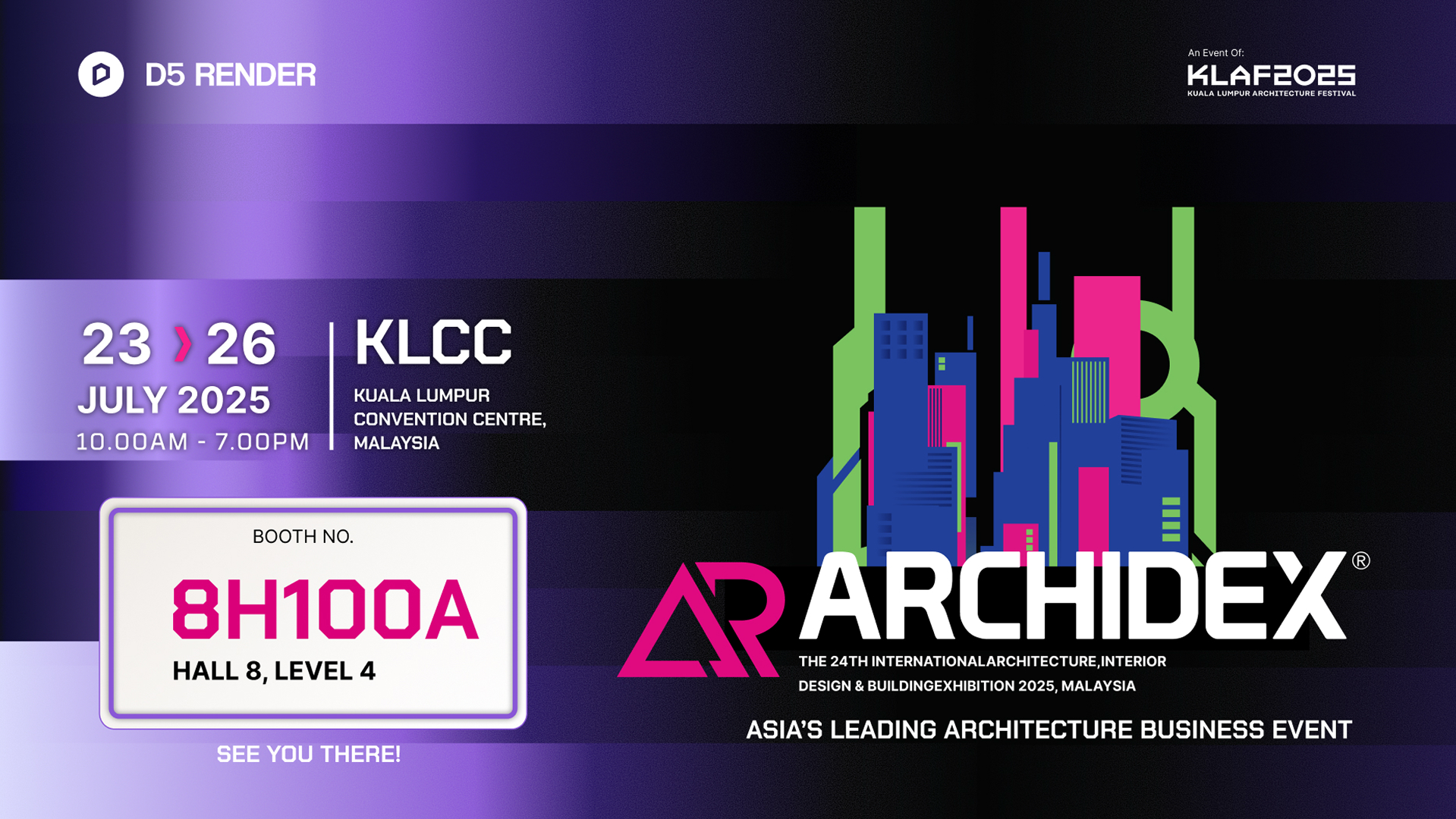
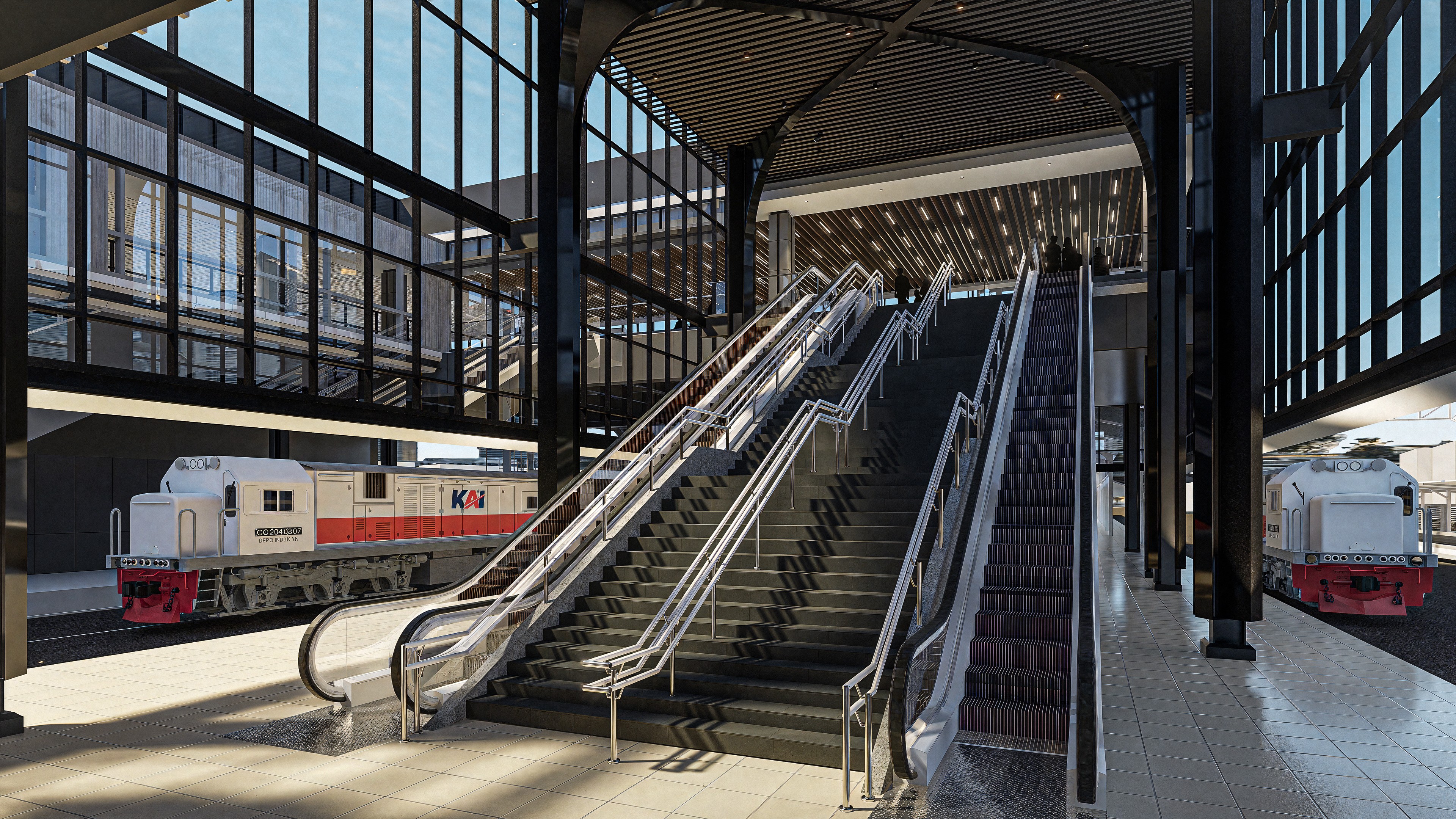
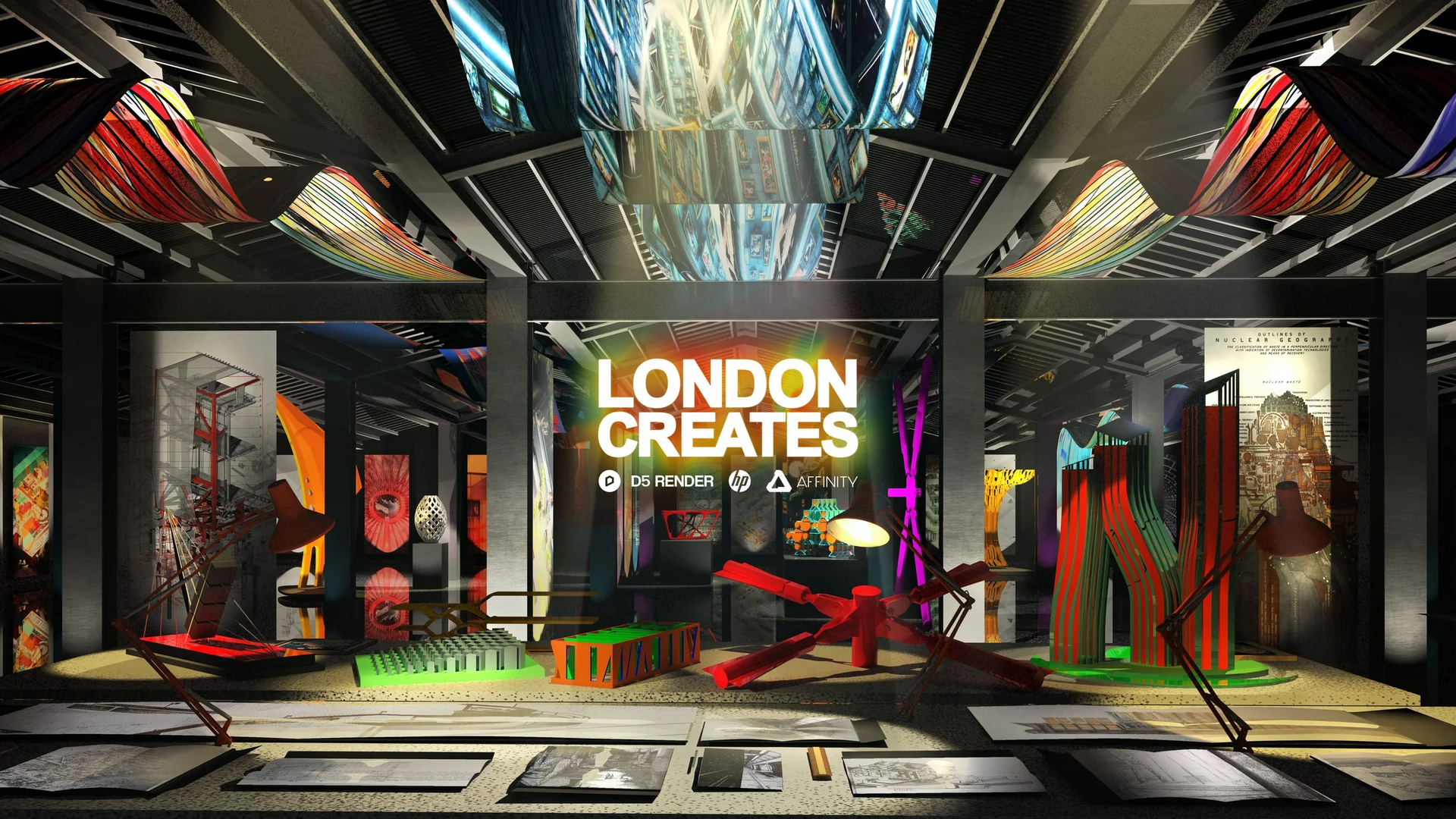
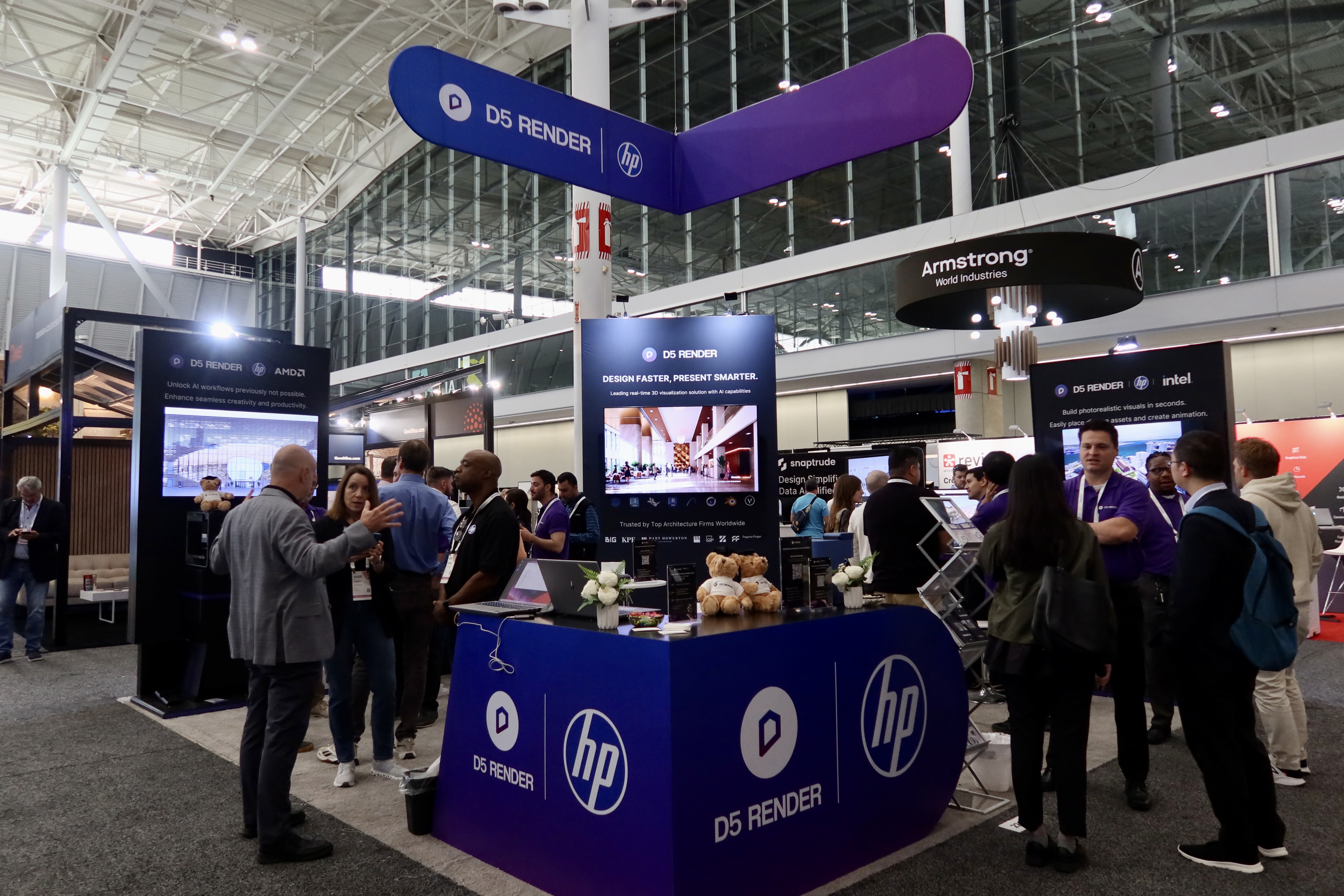
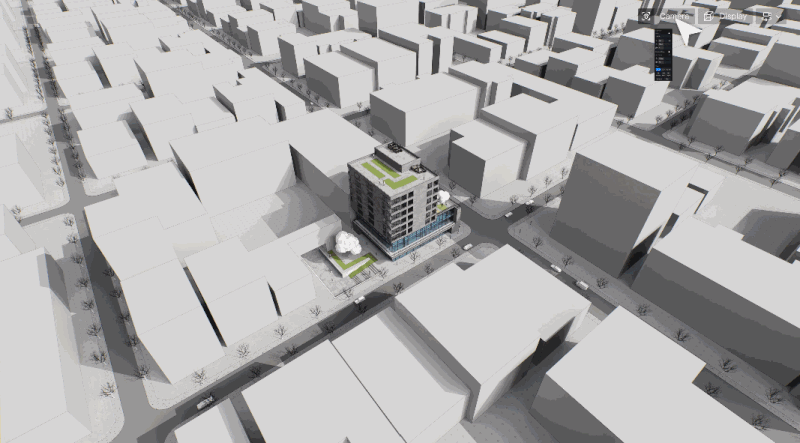

.png)
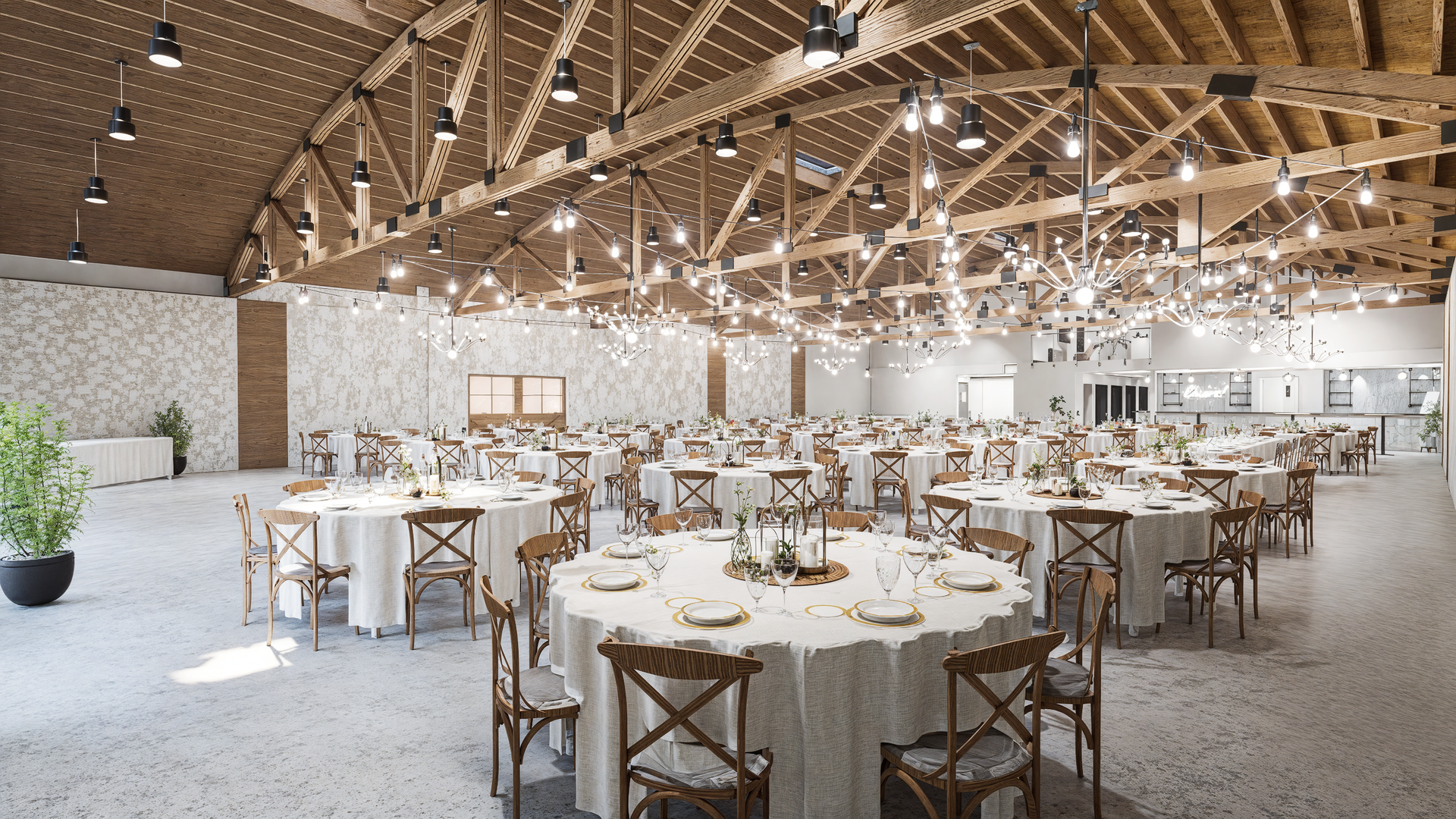
.png)
